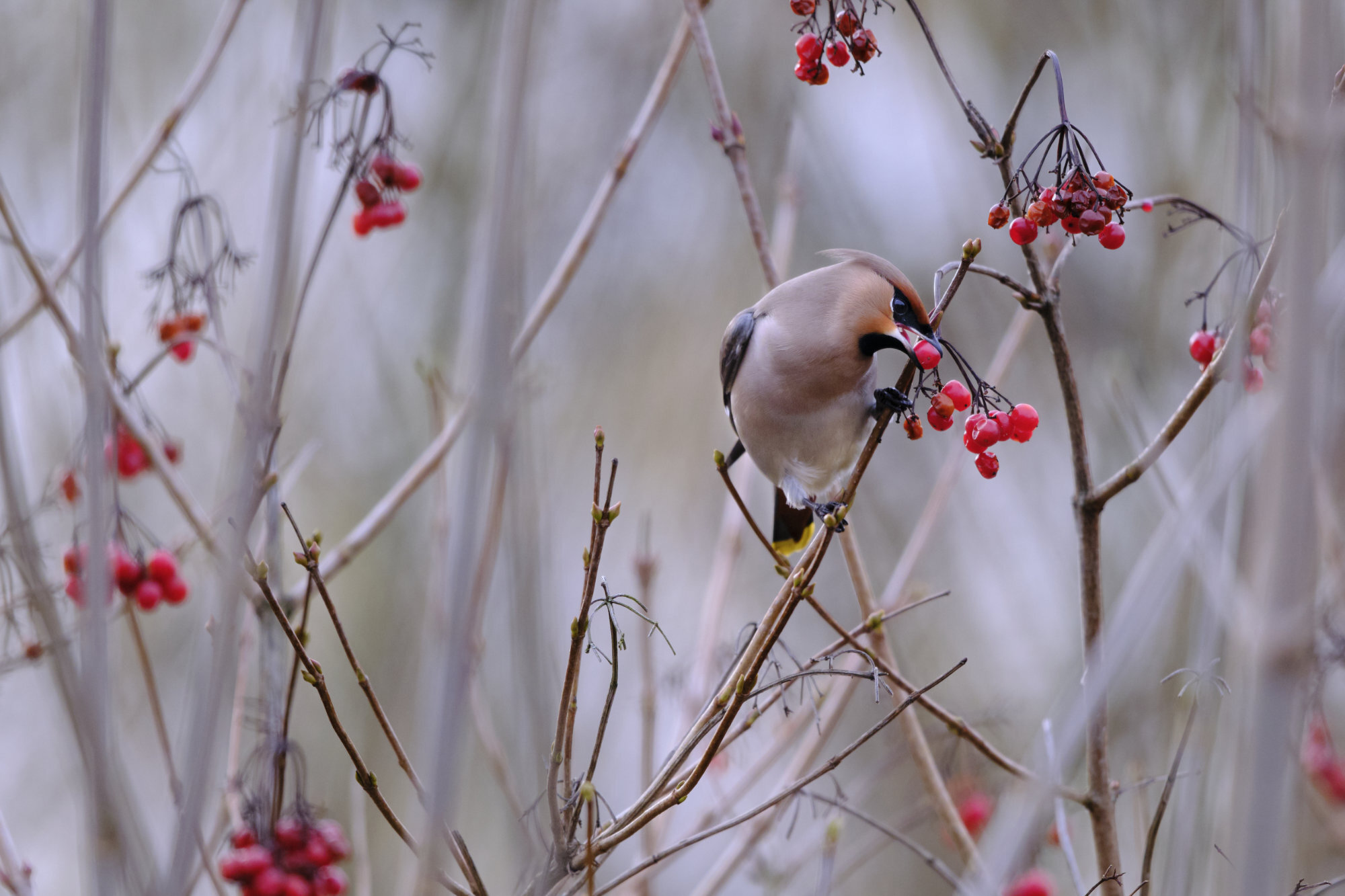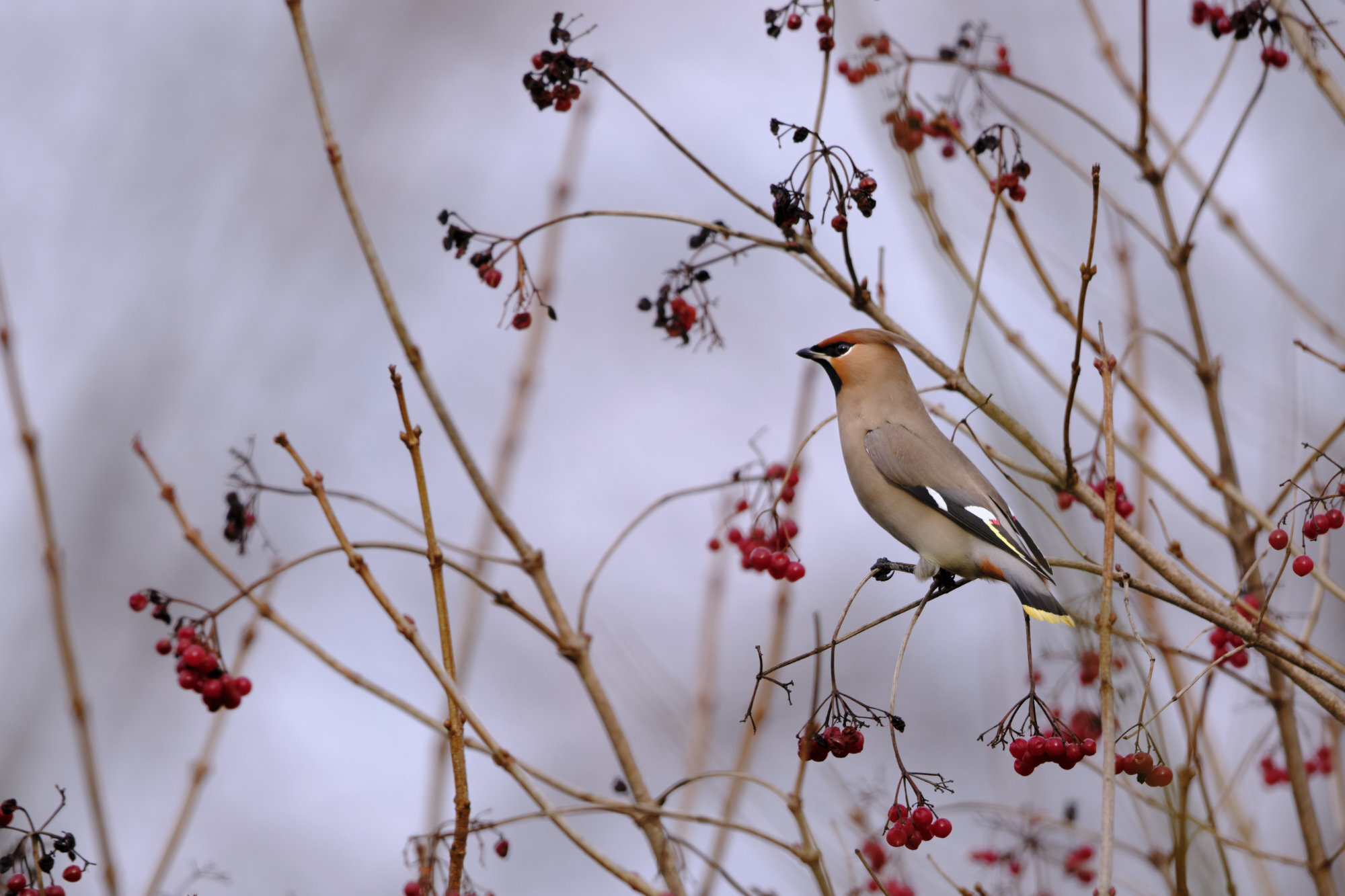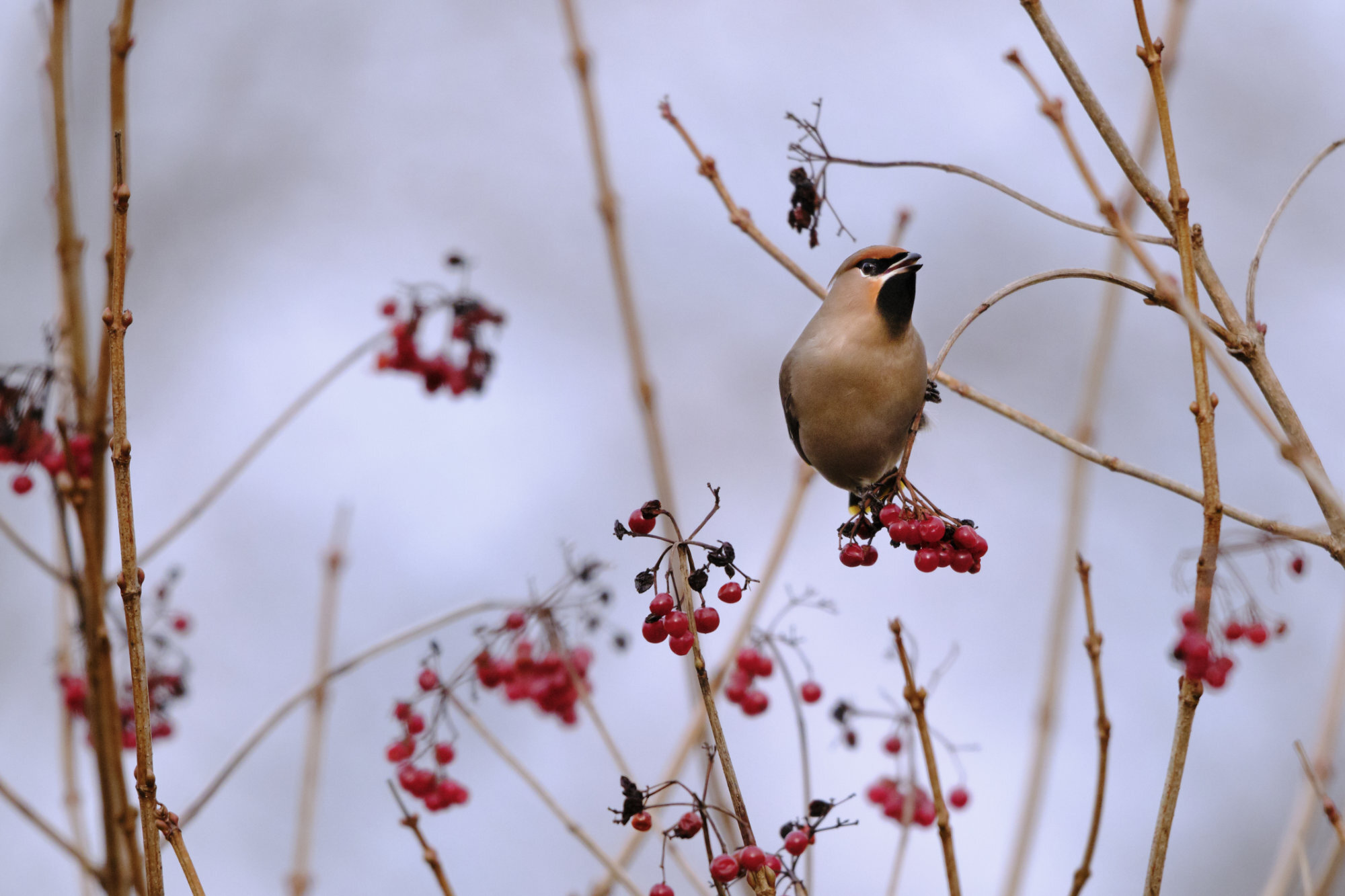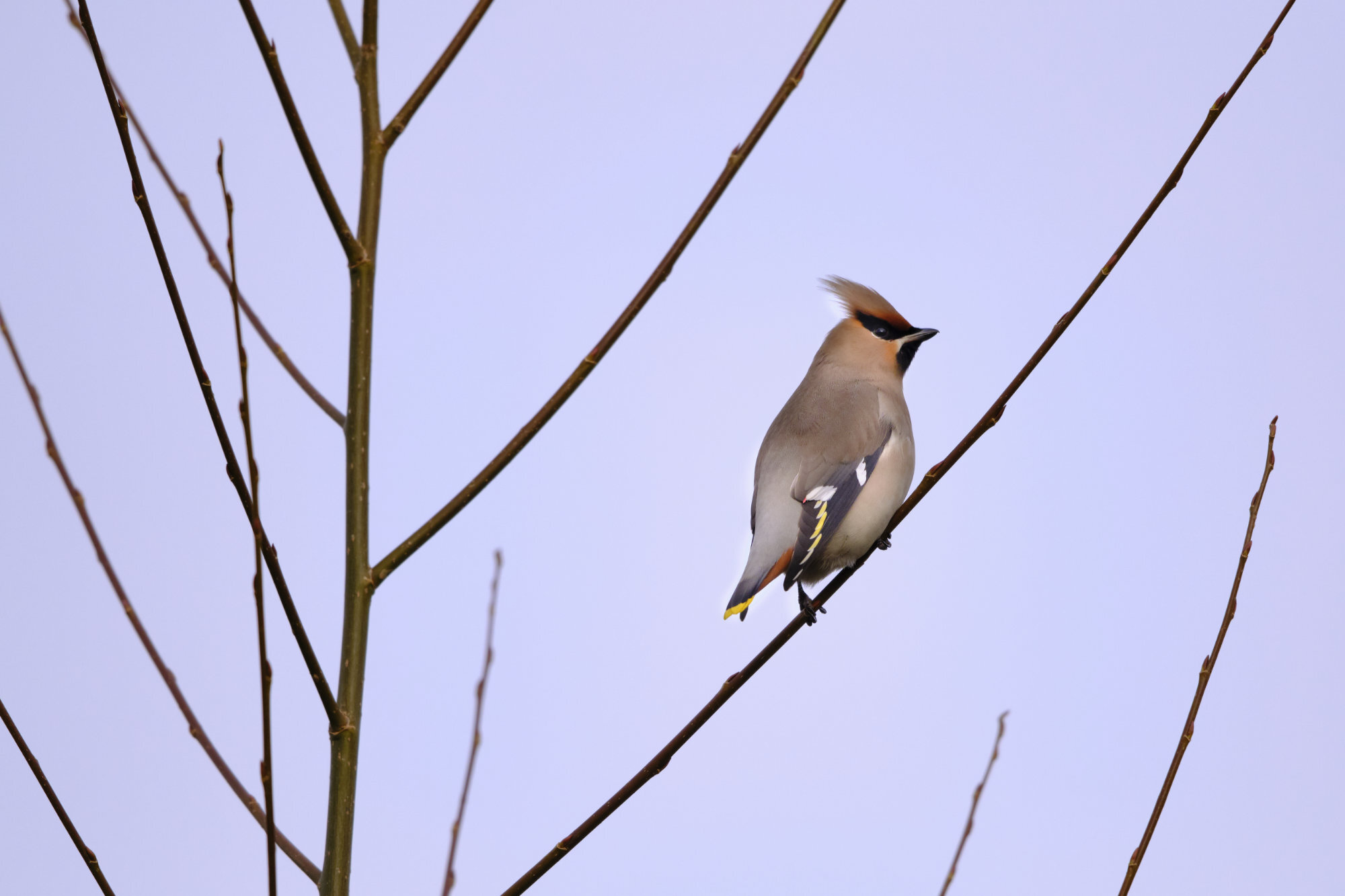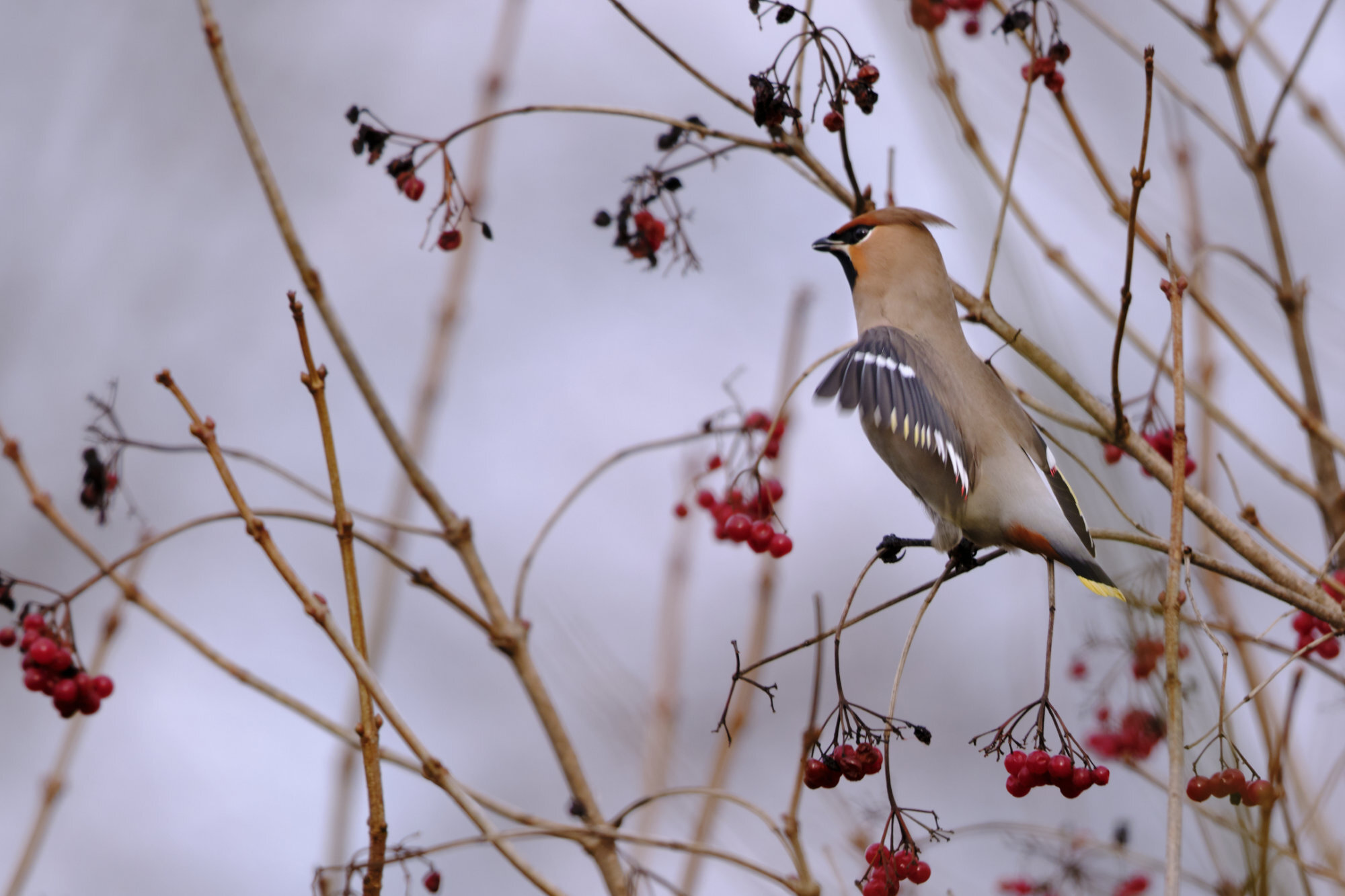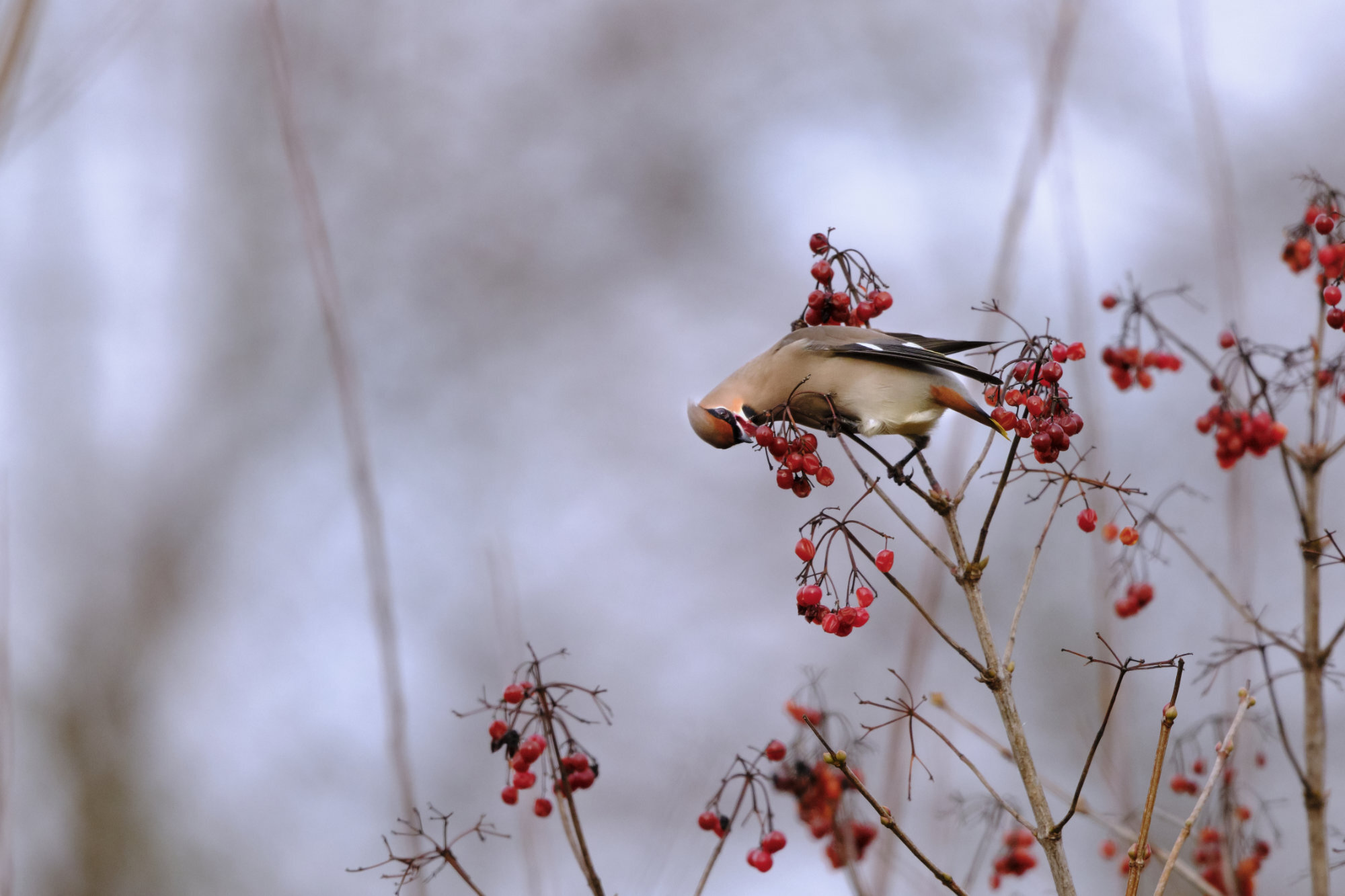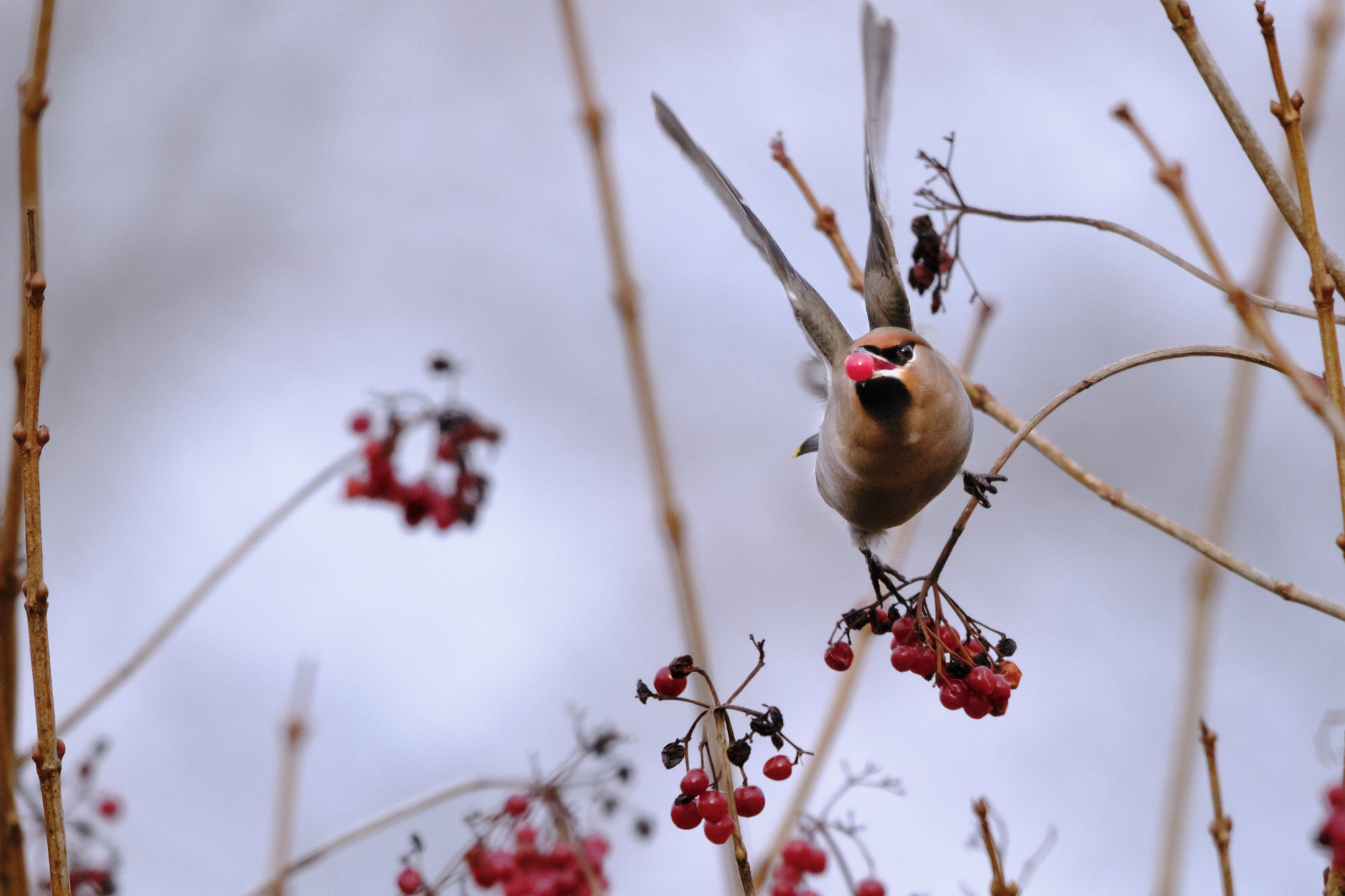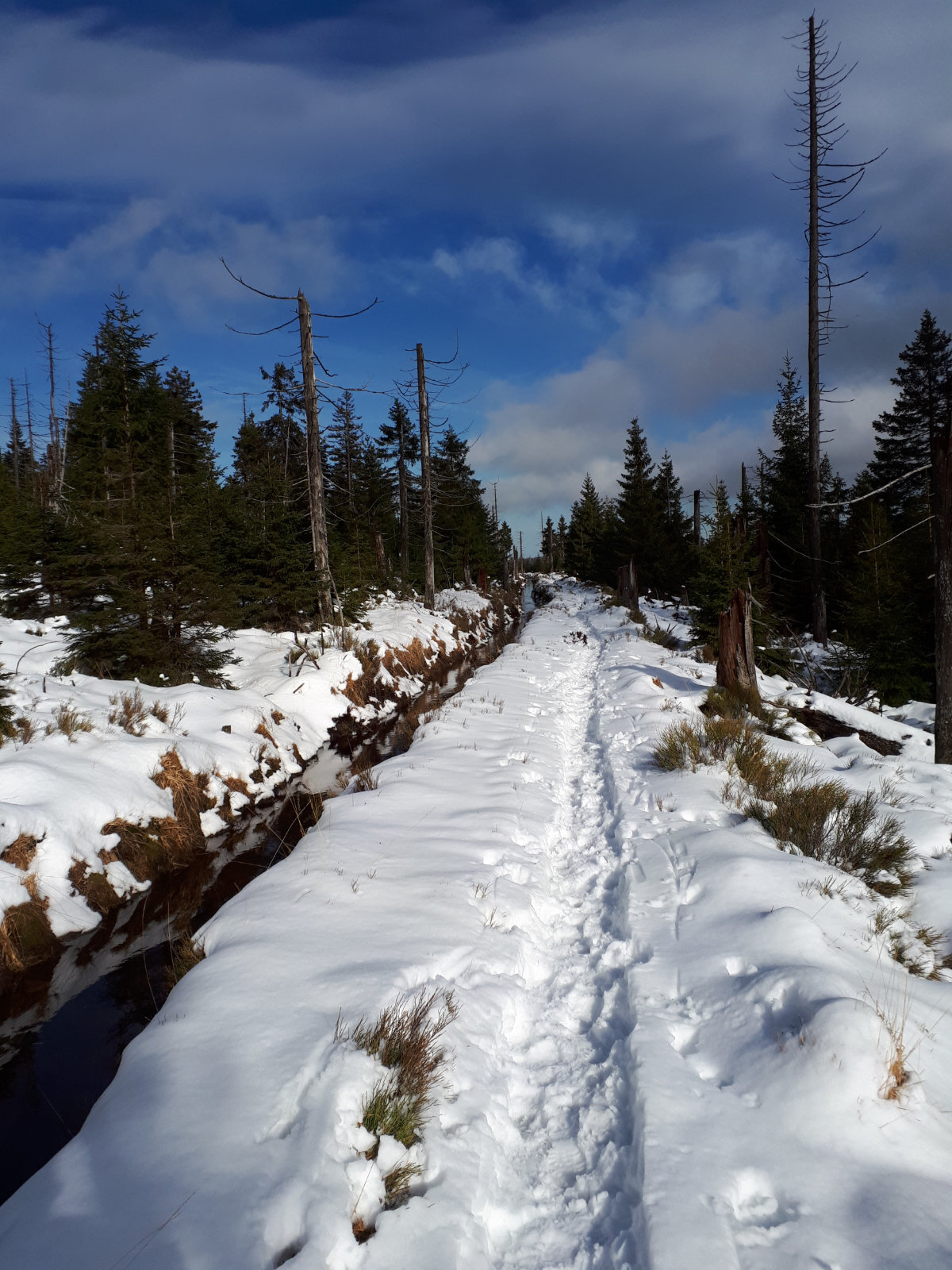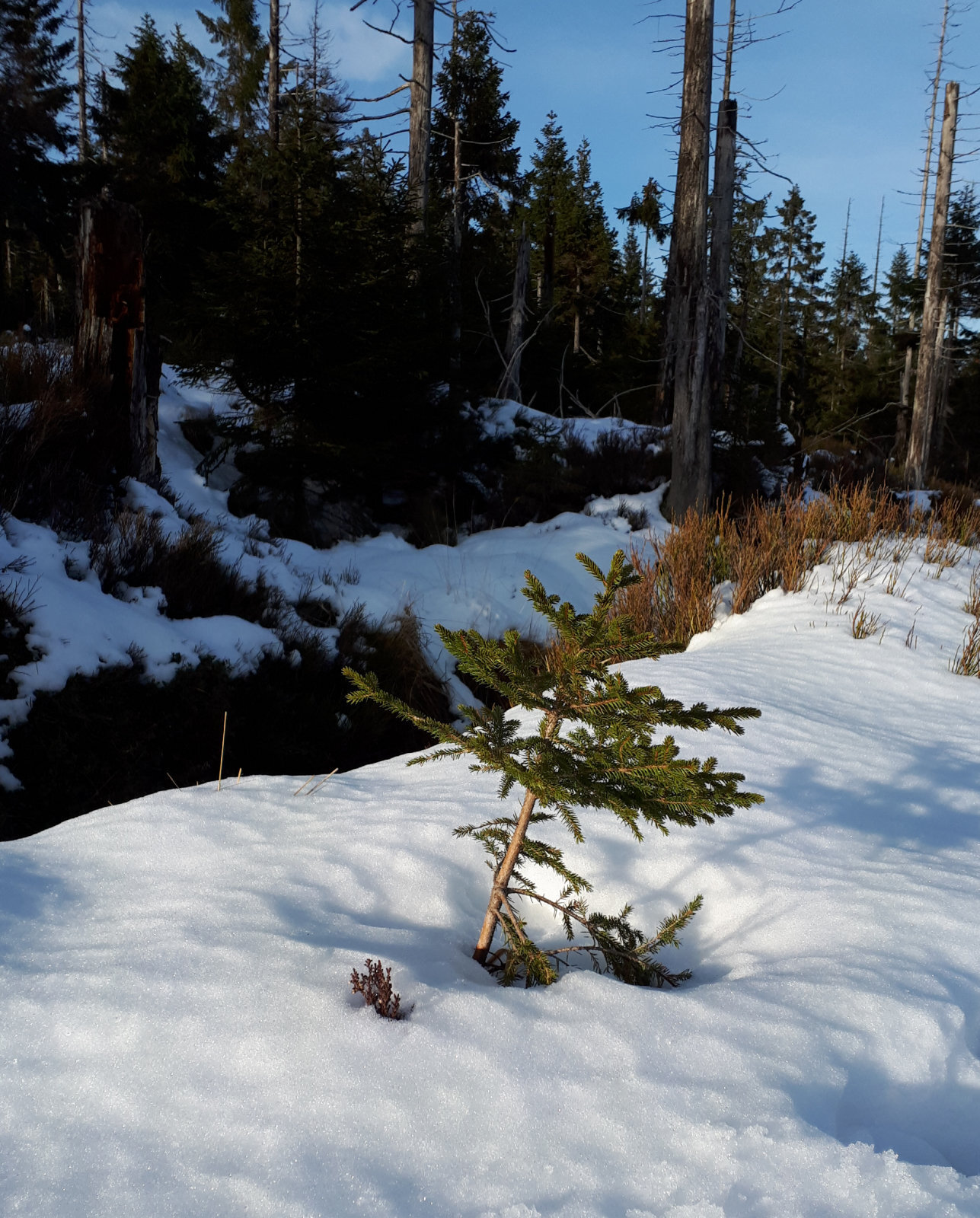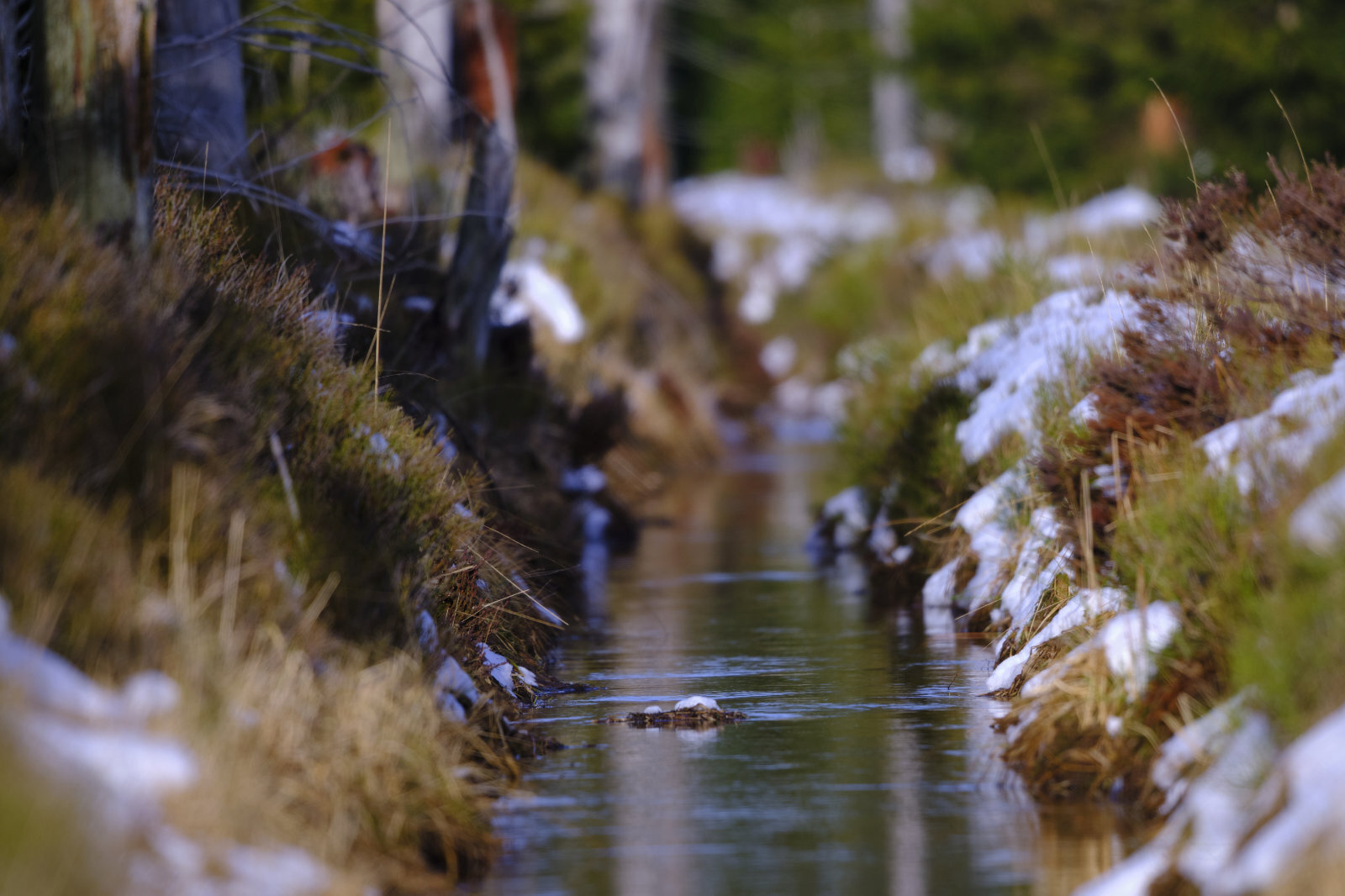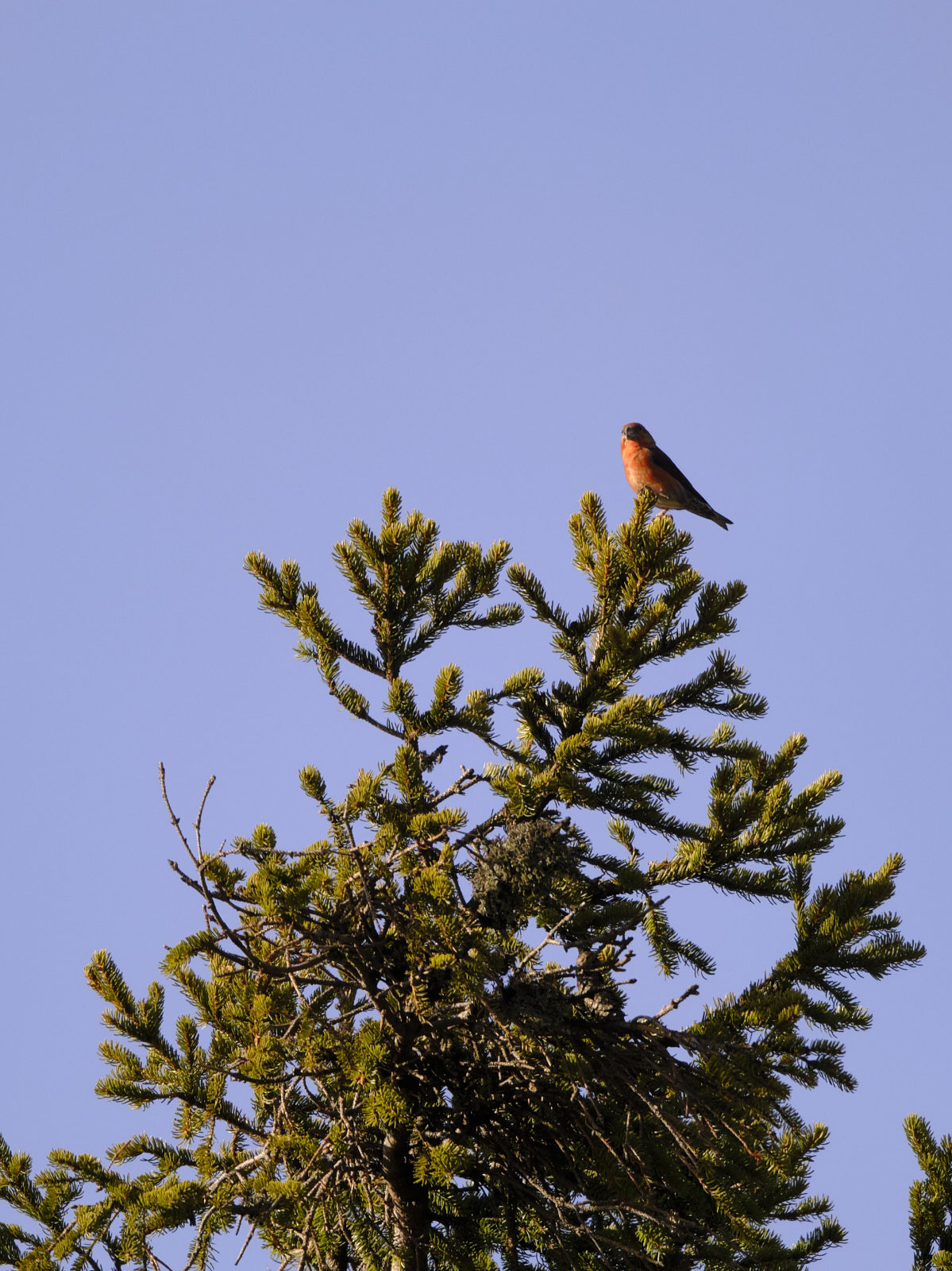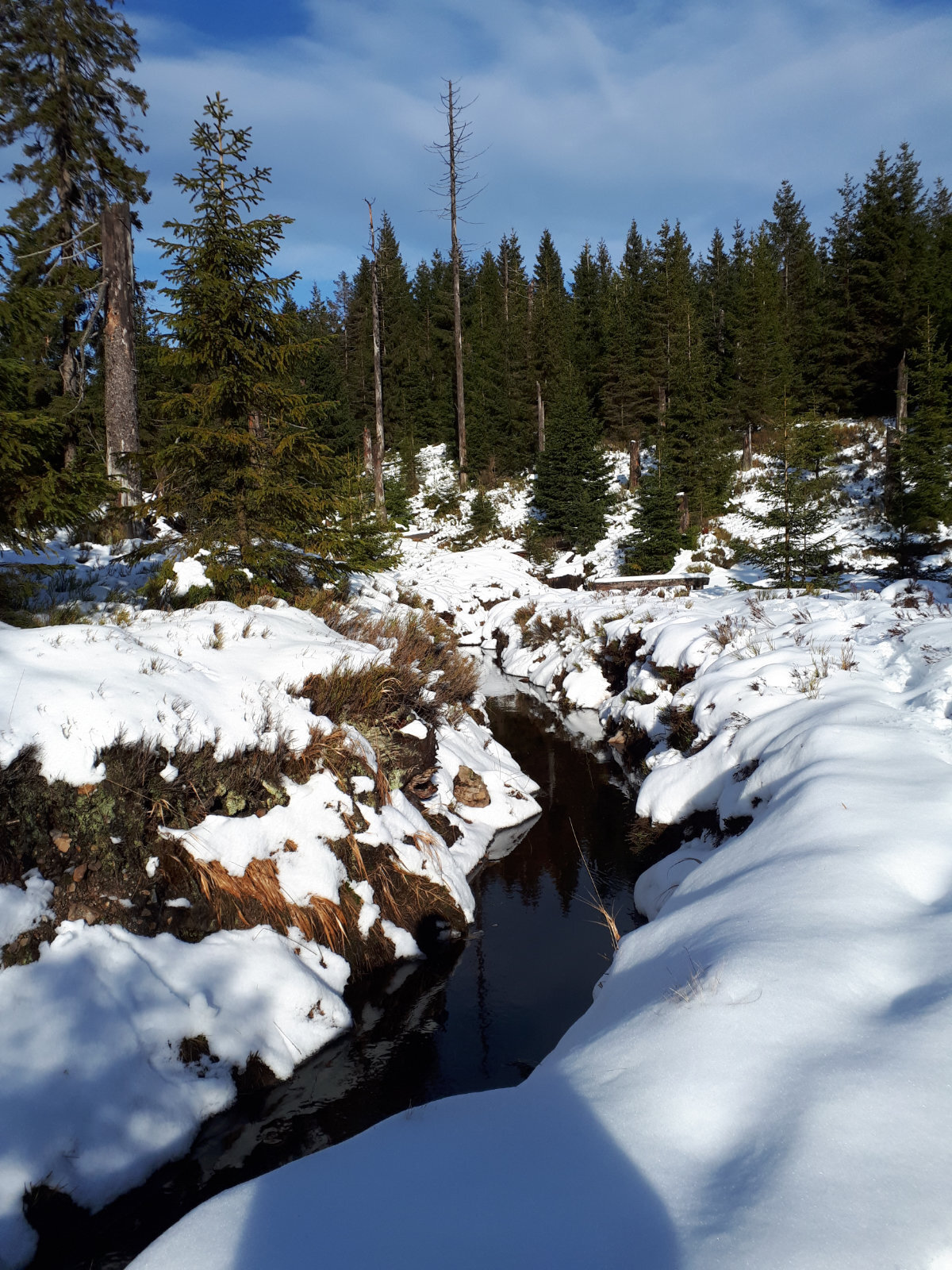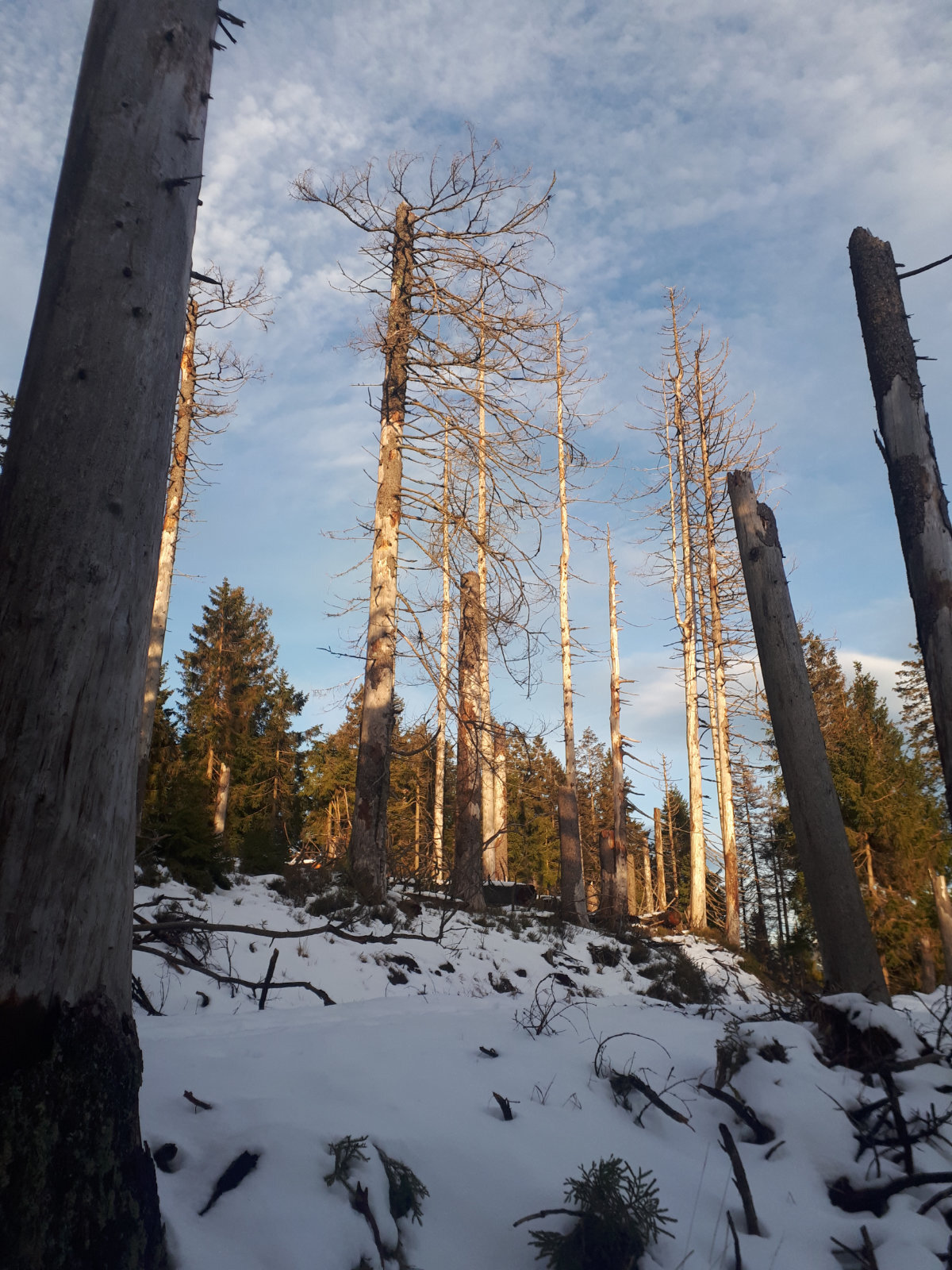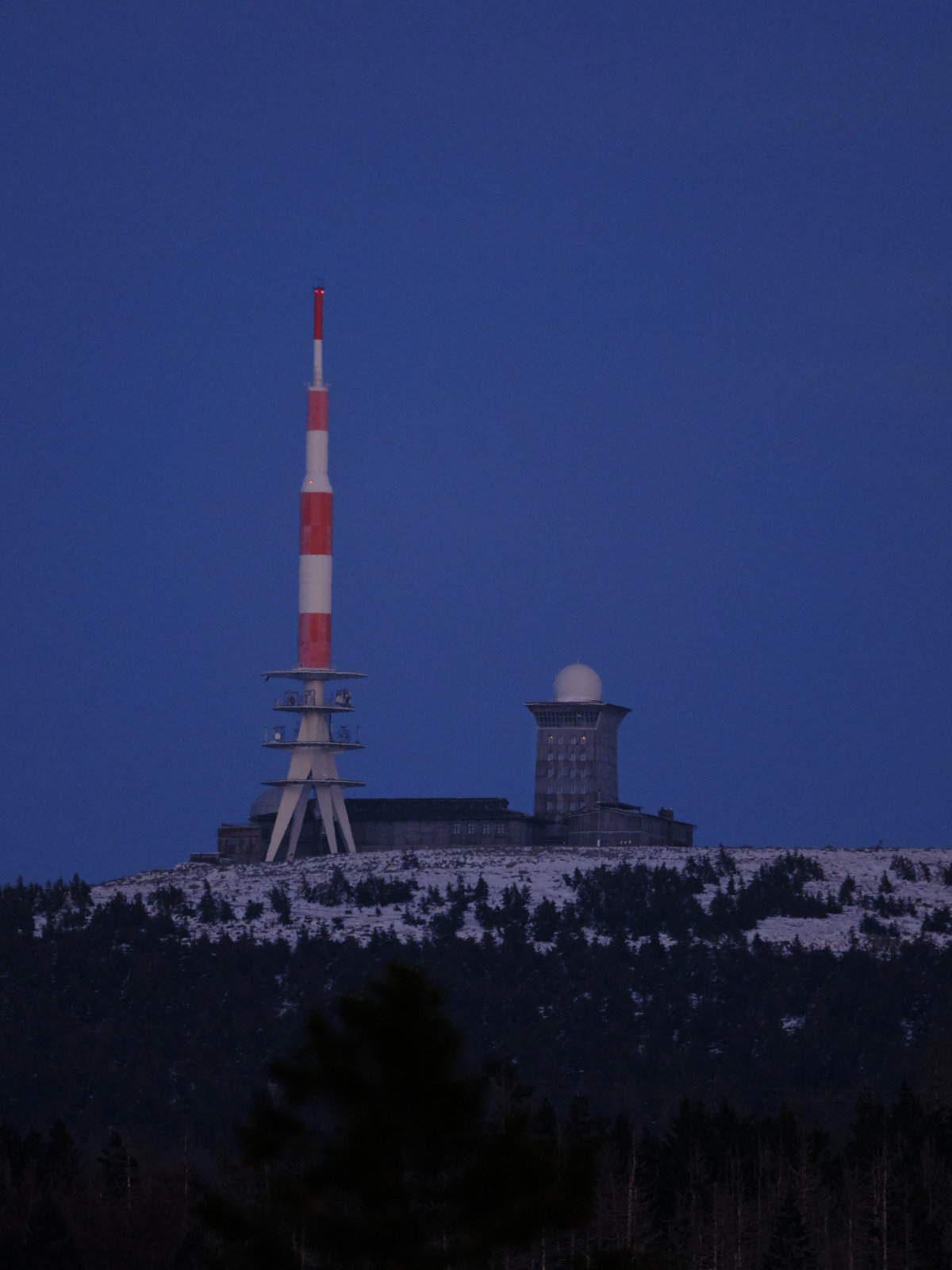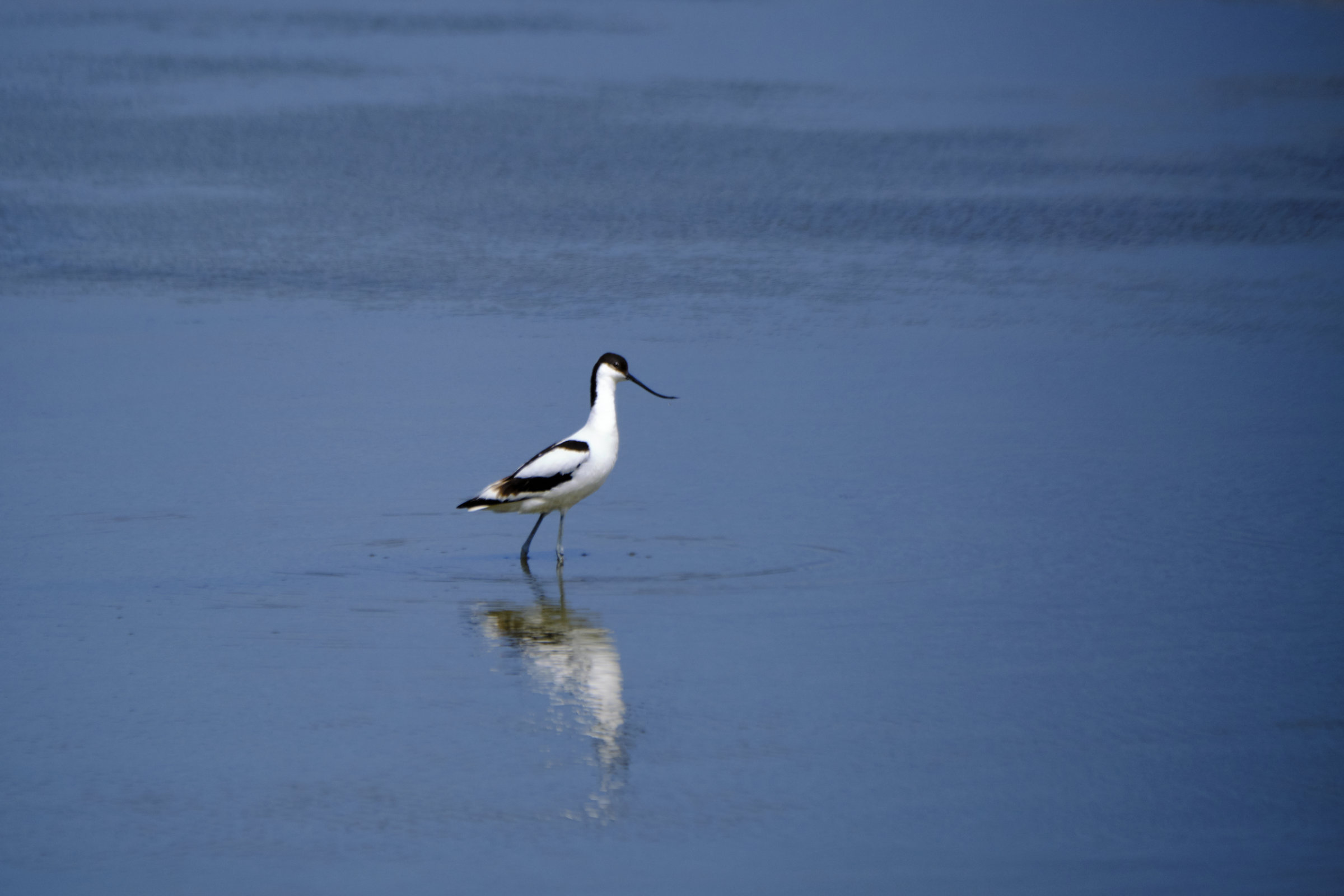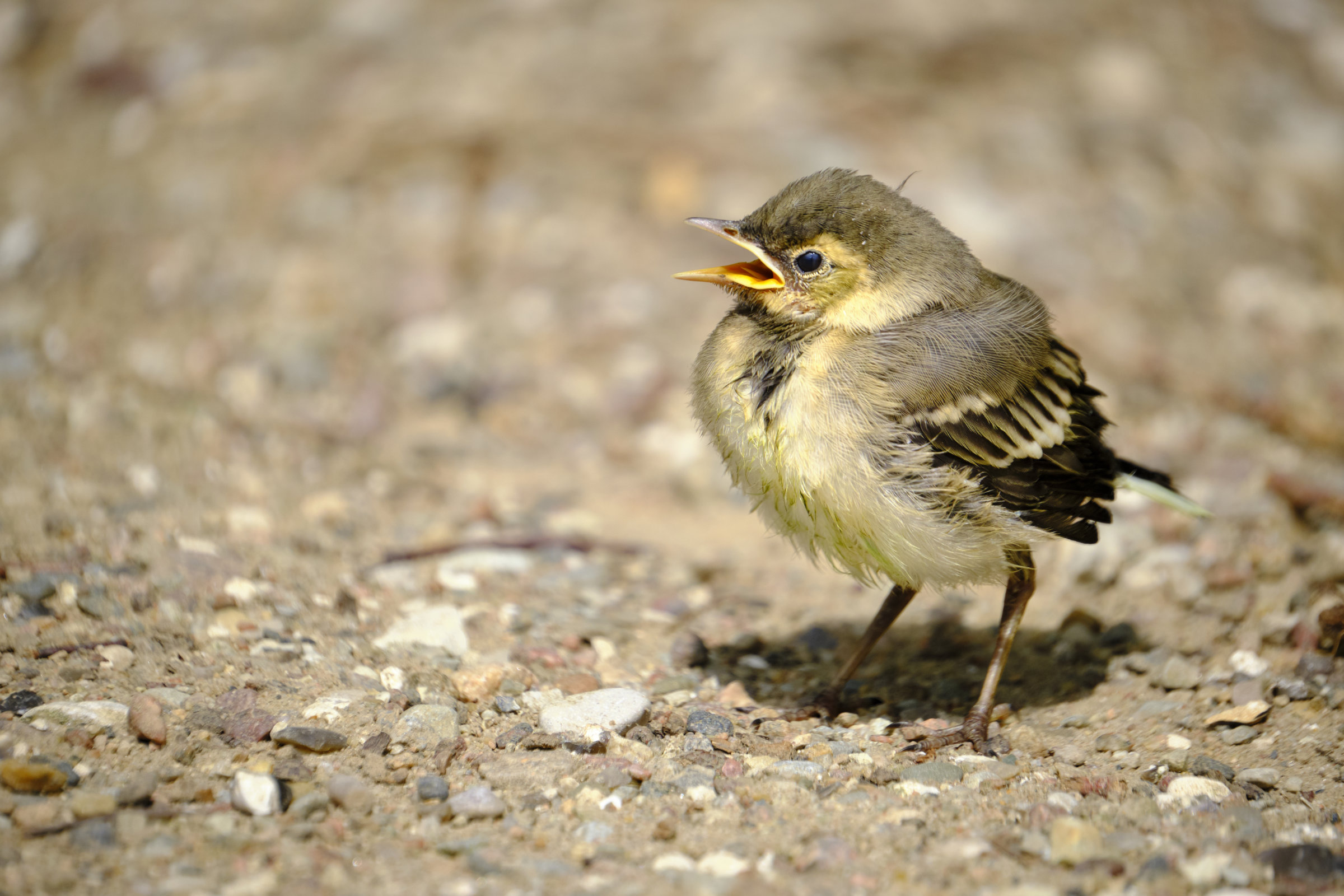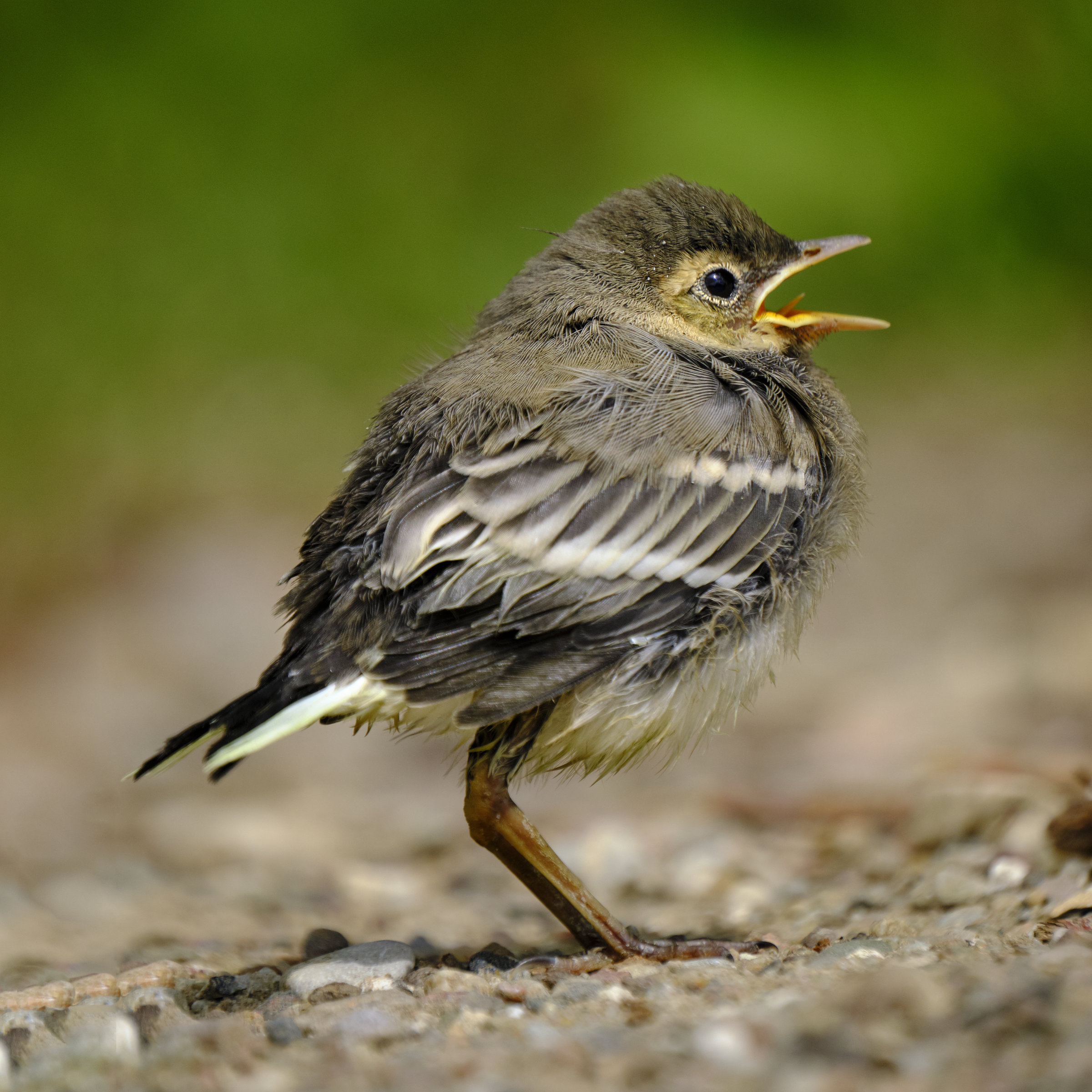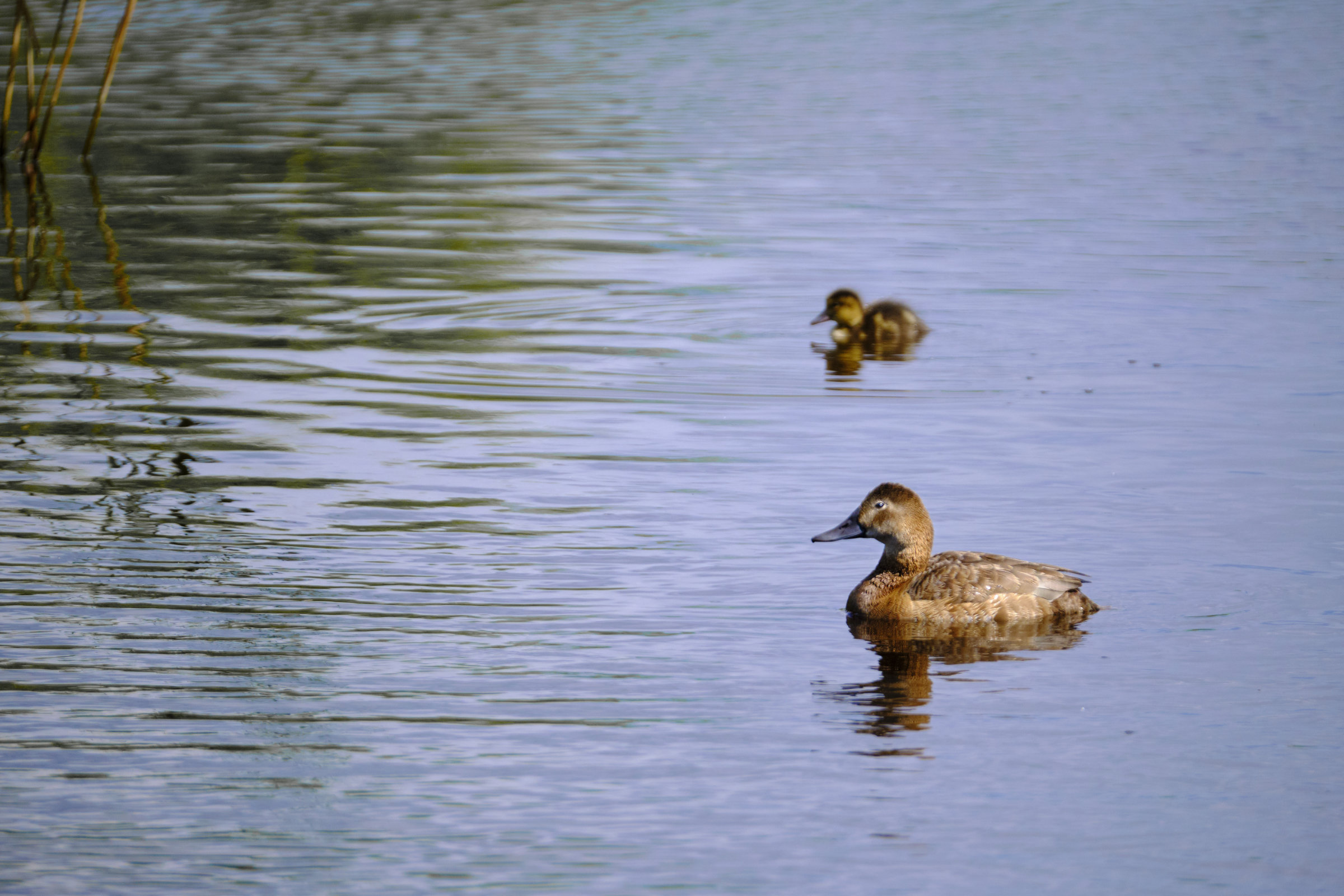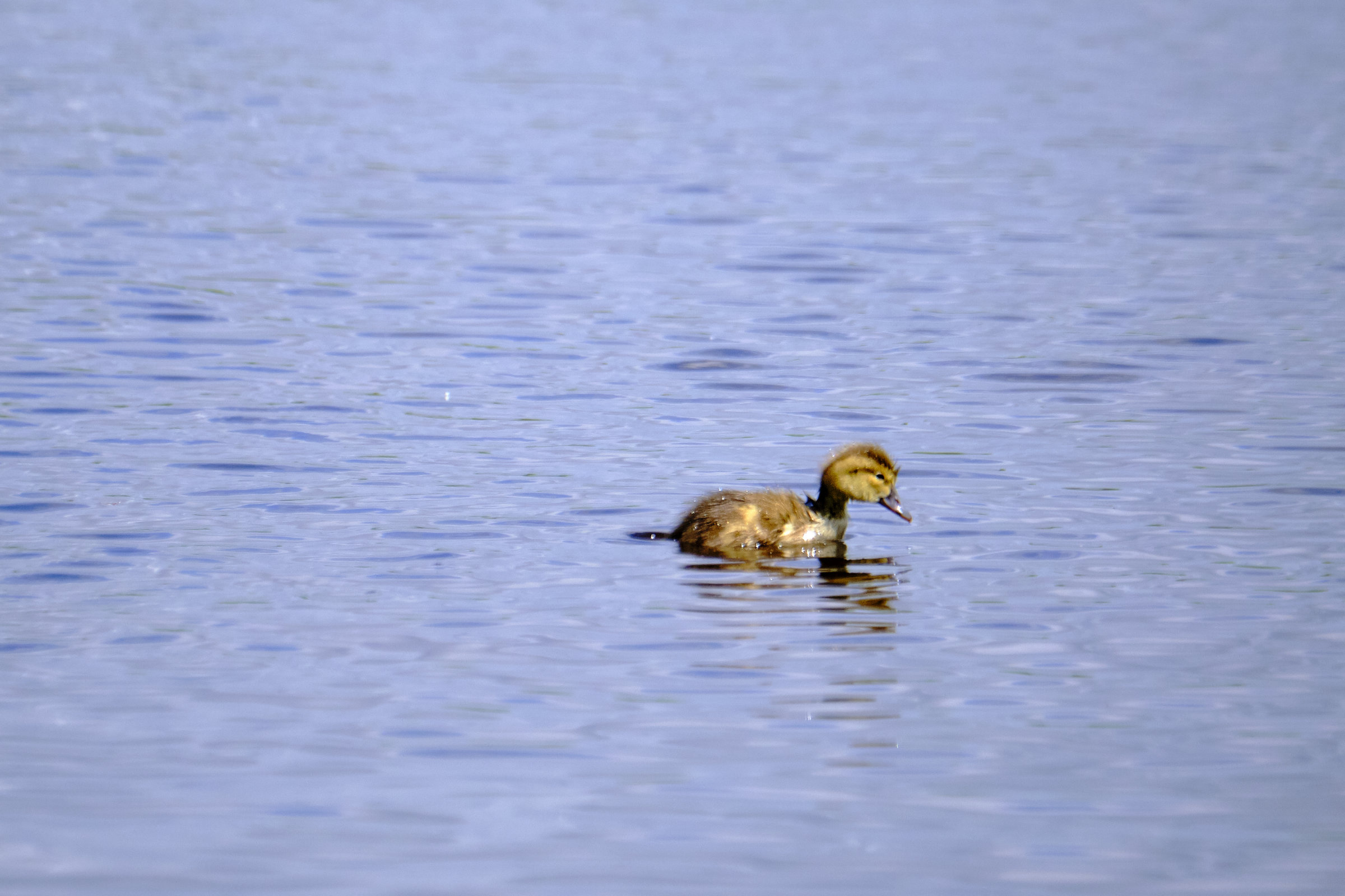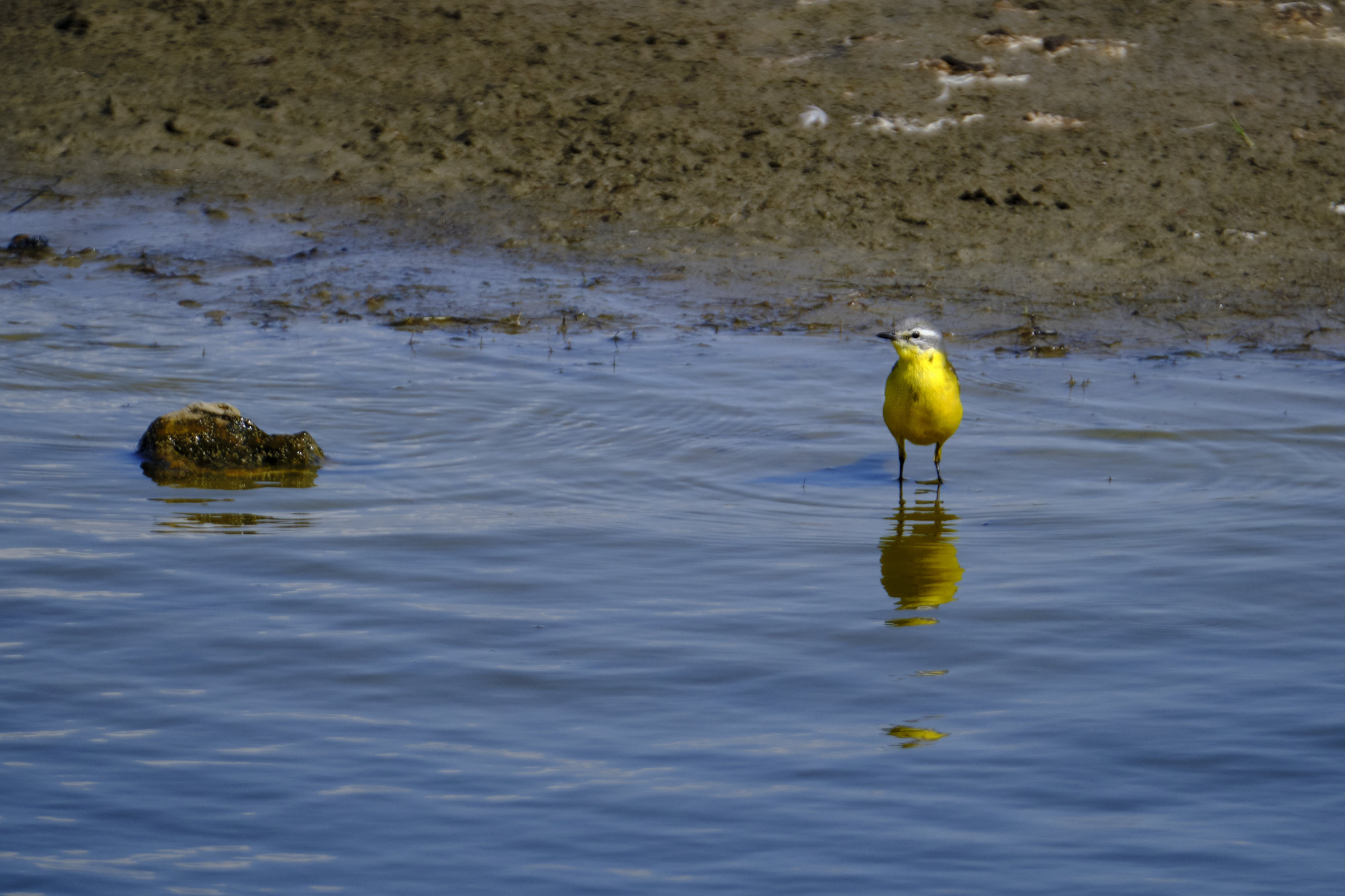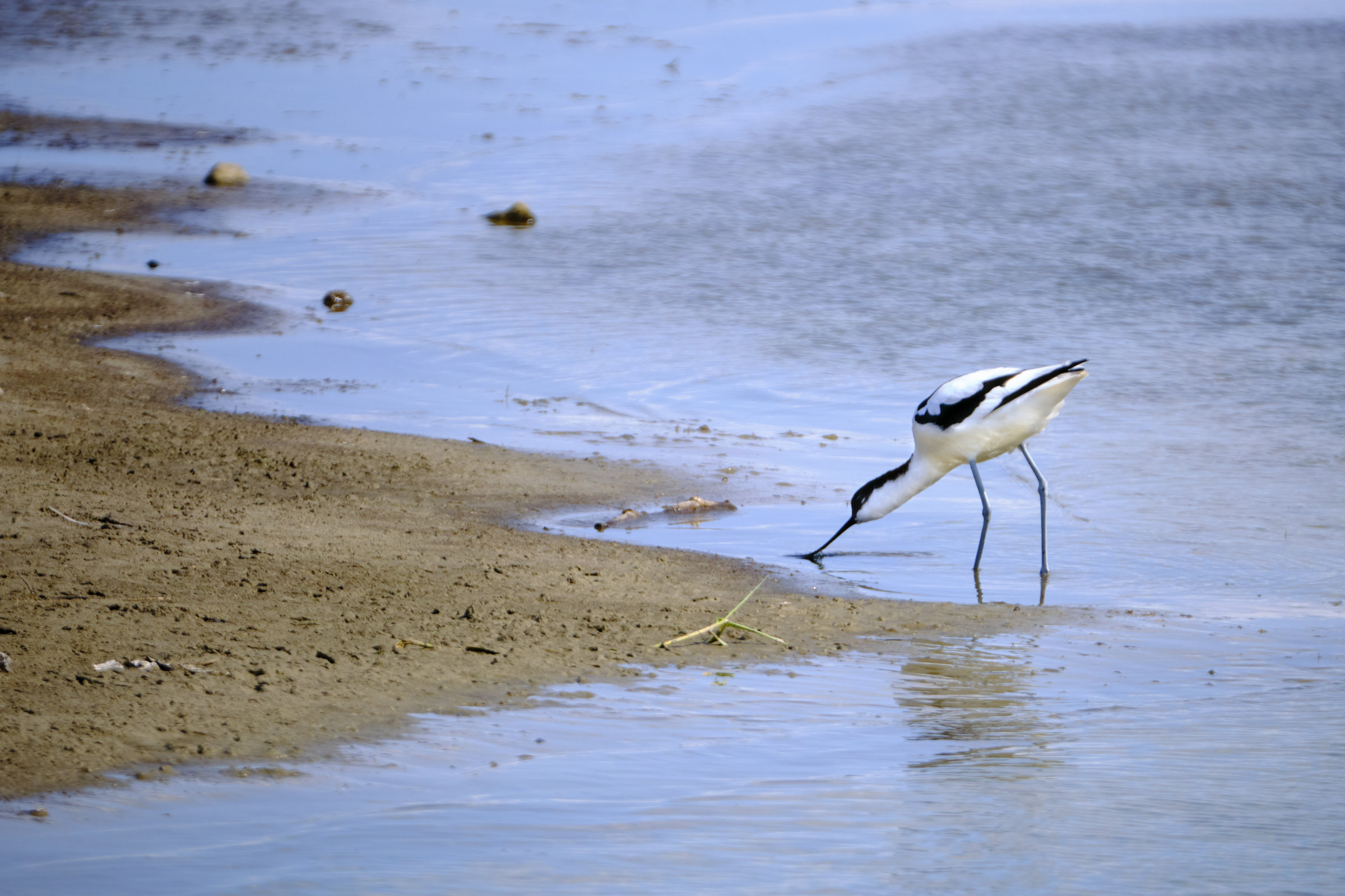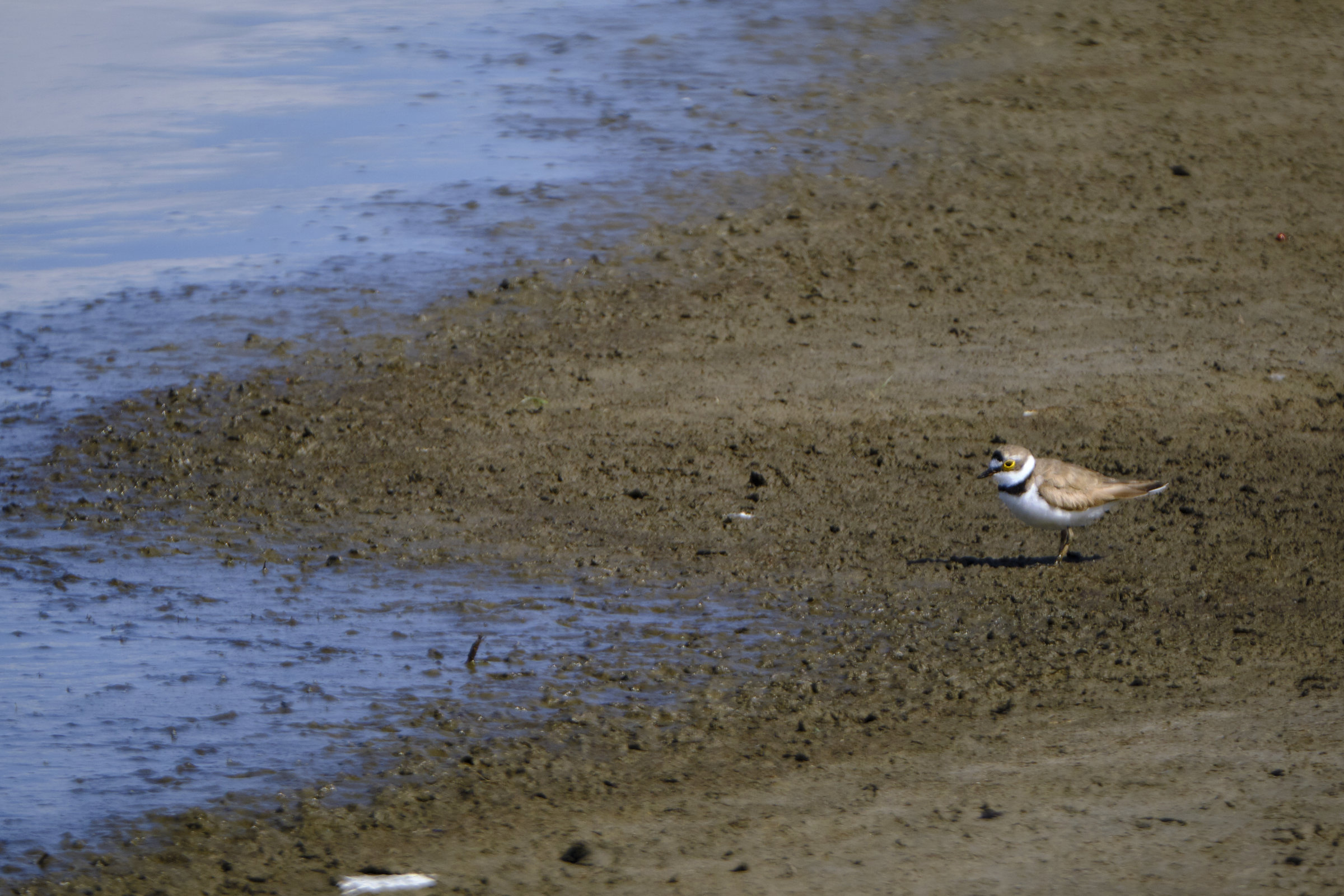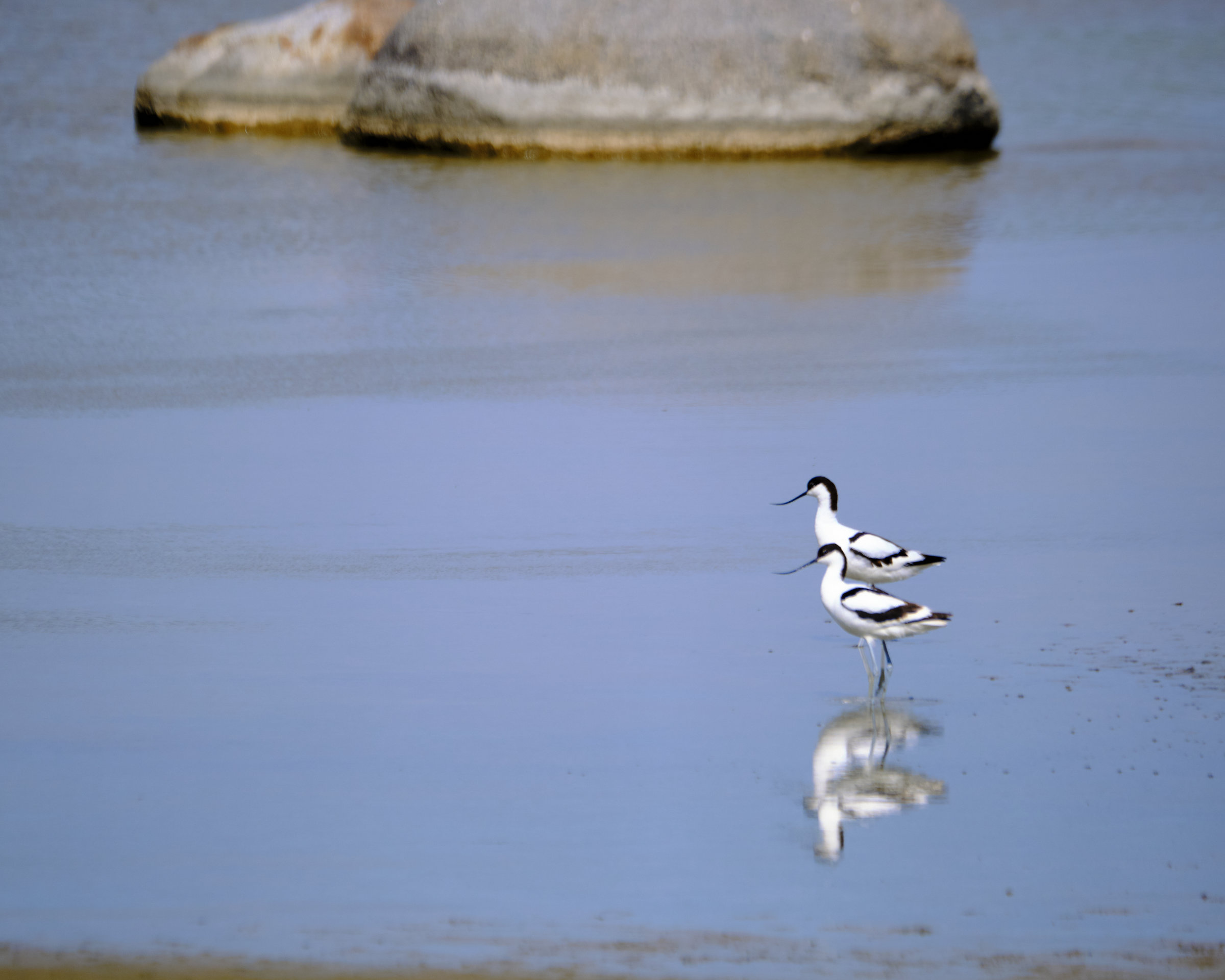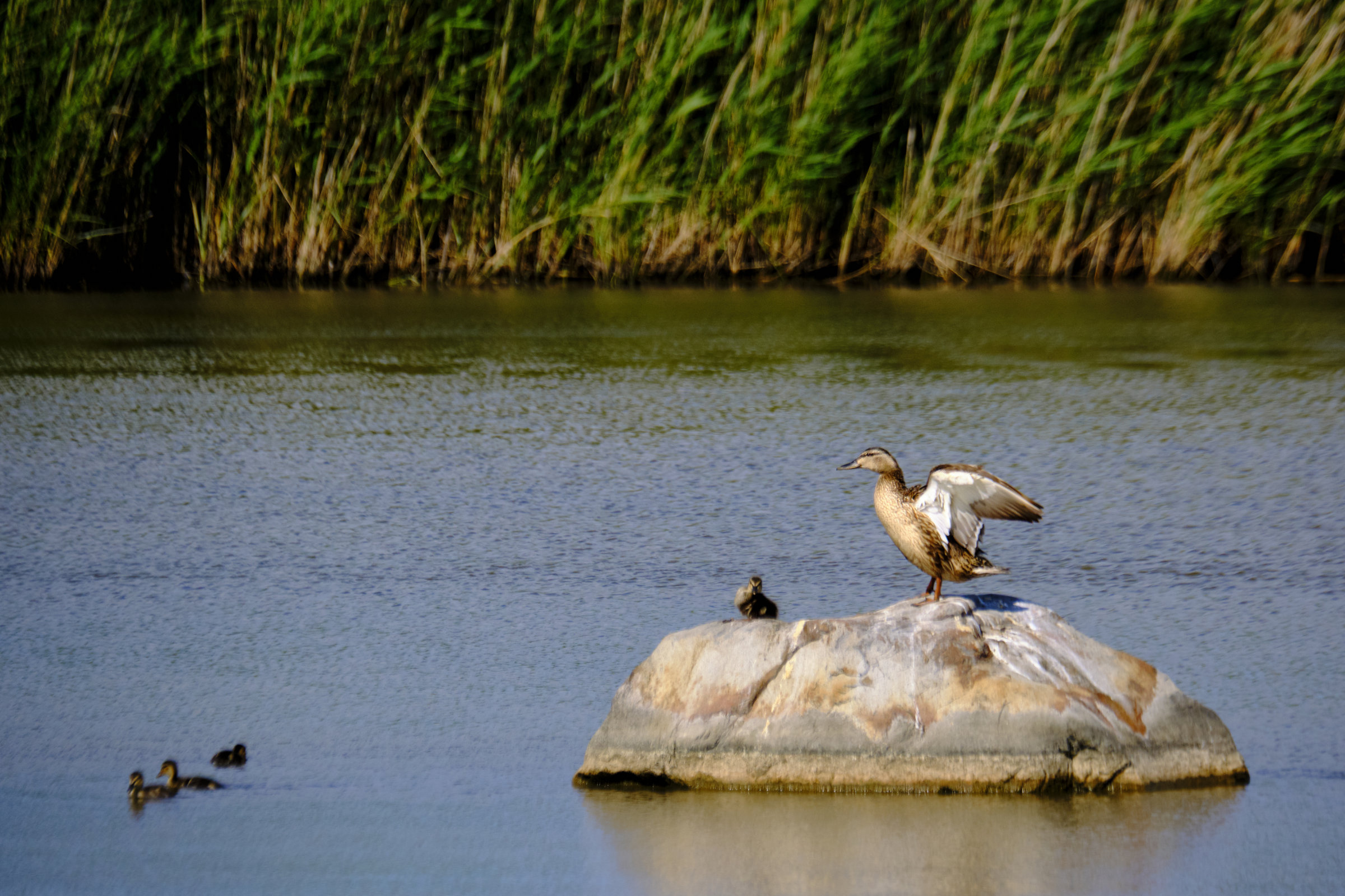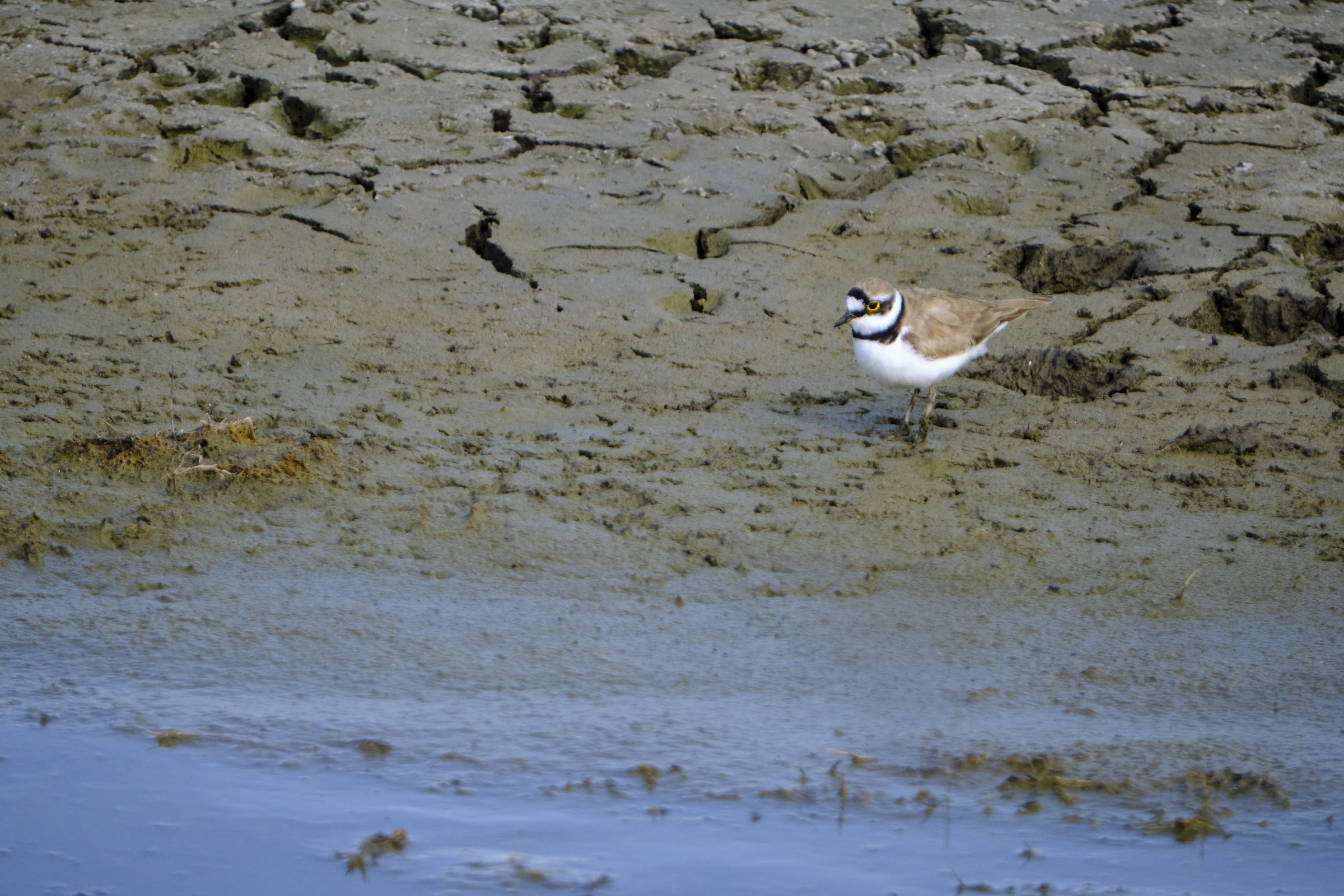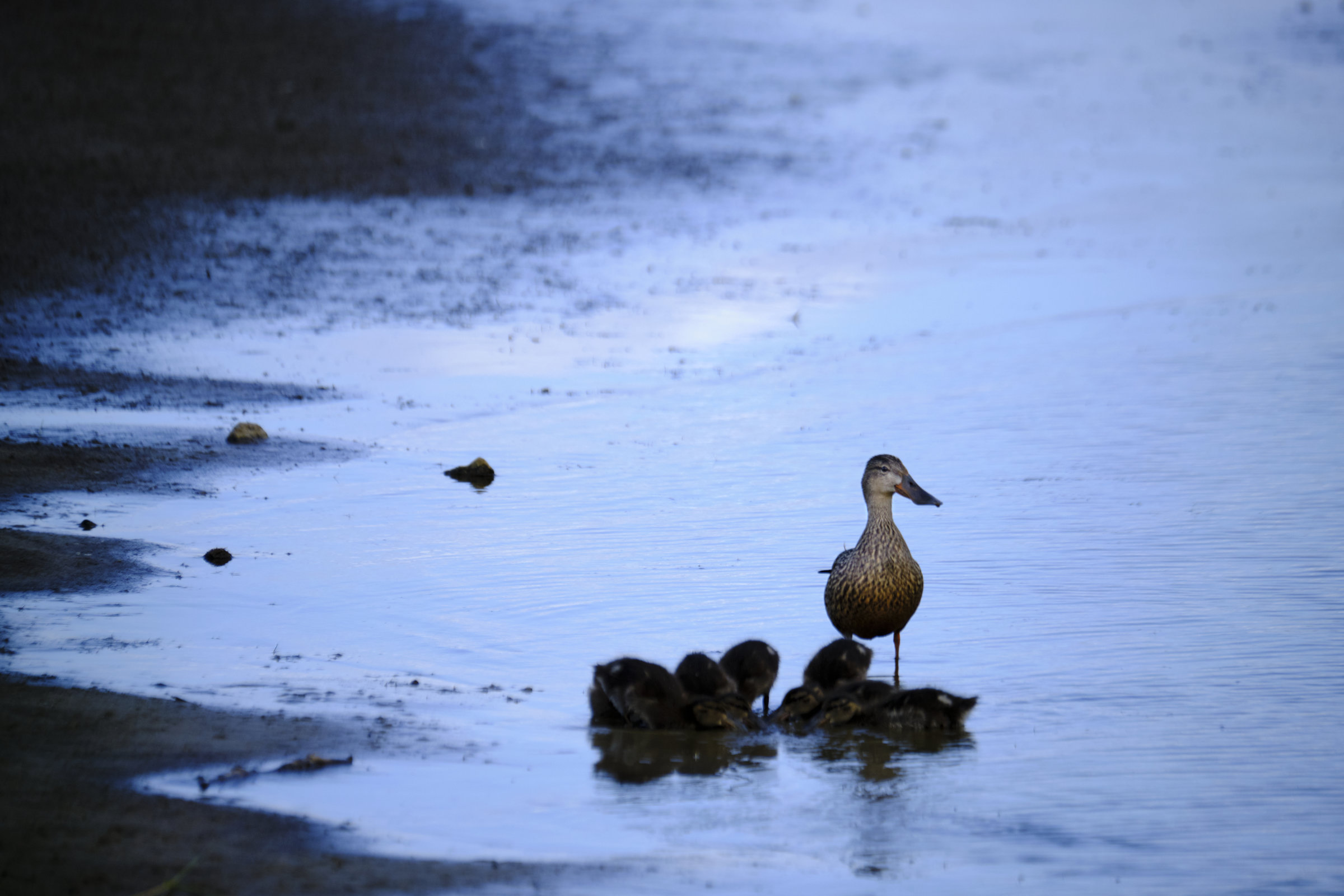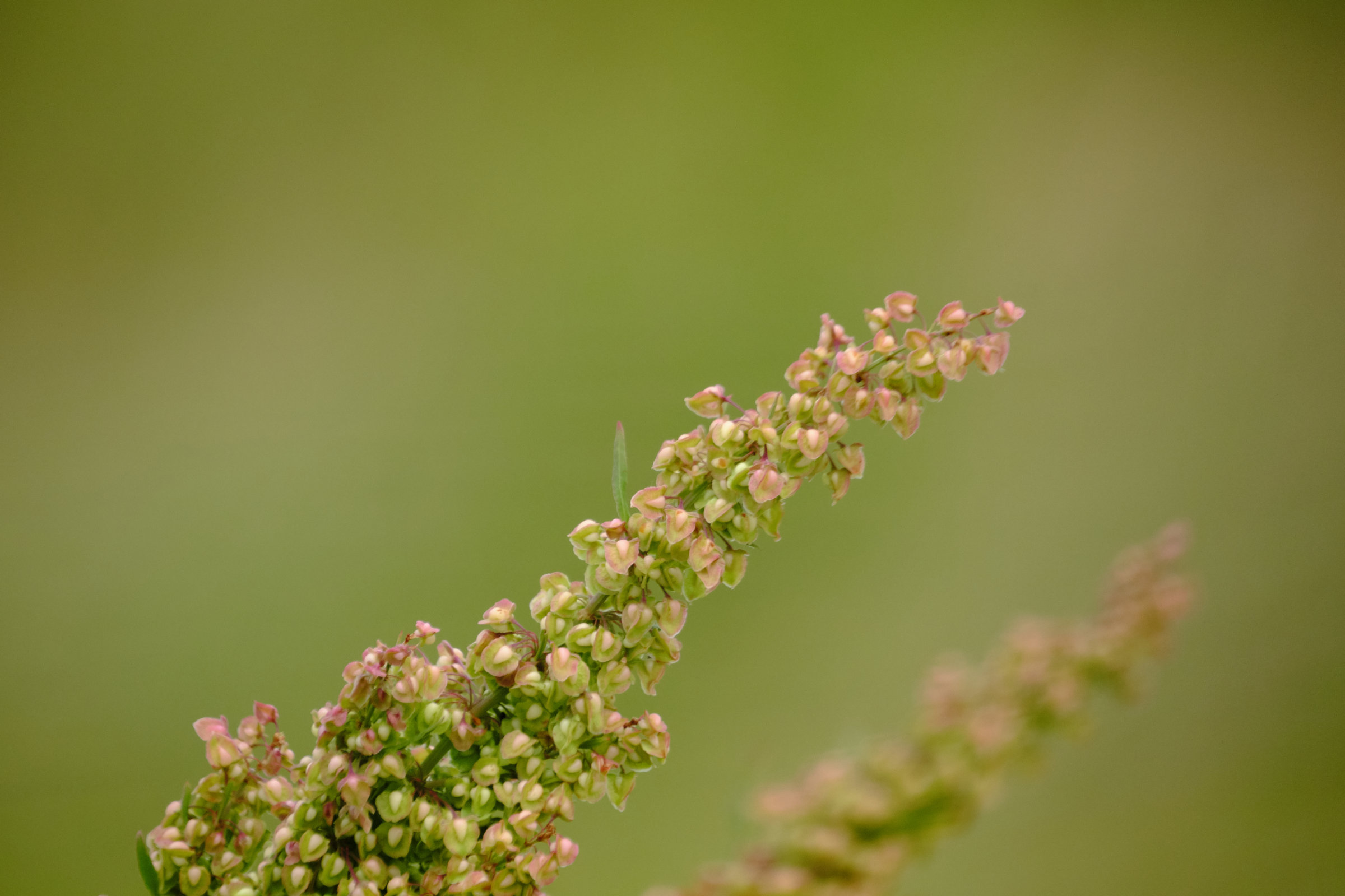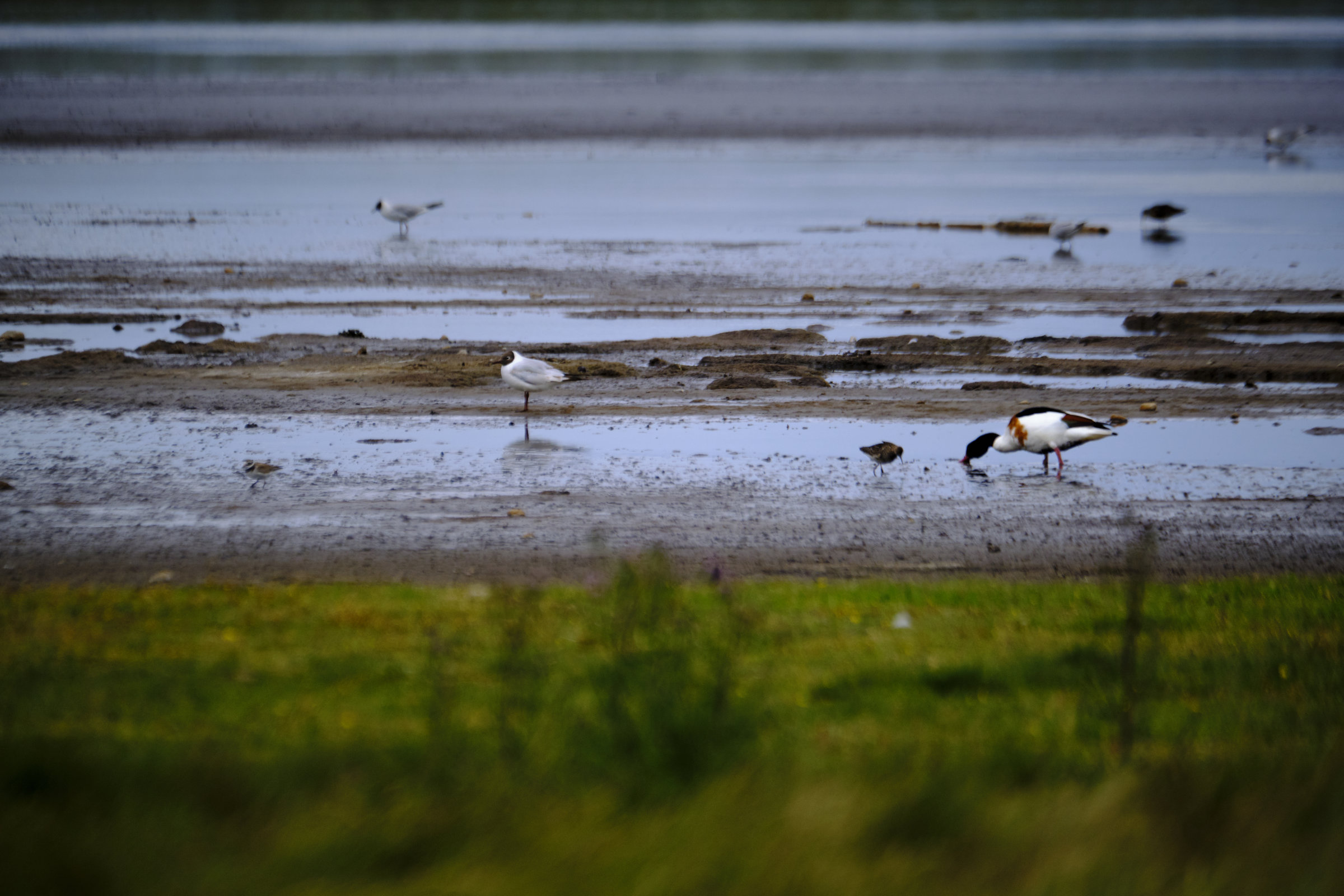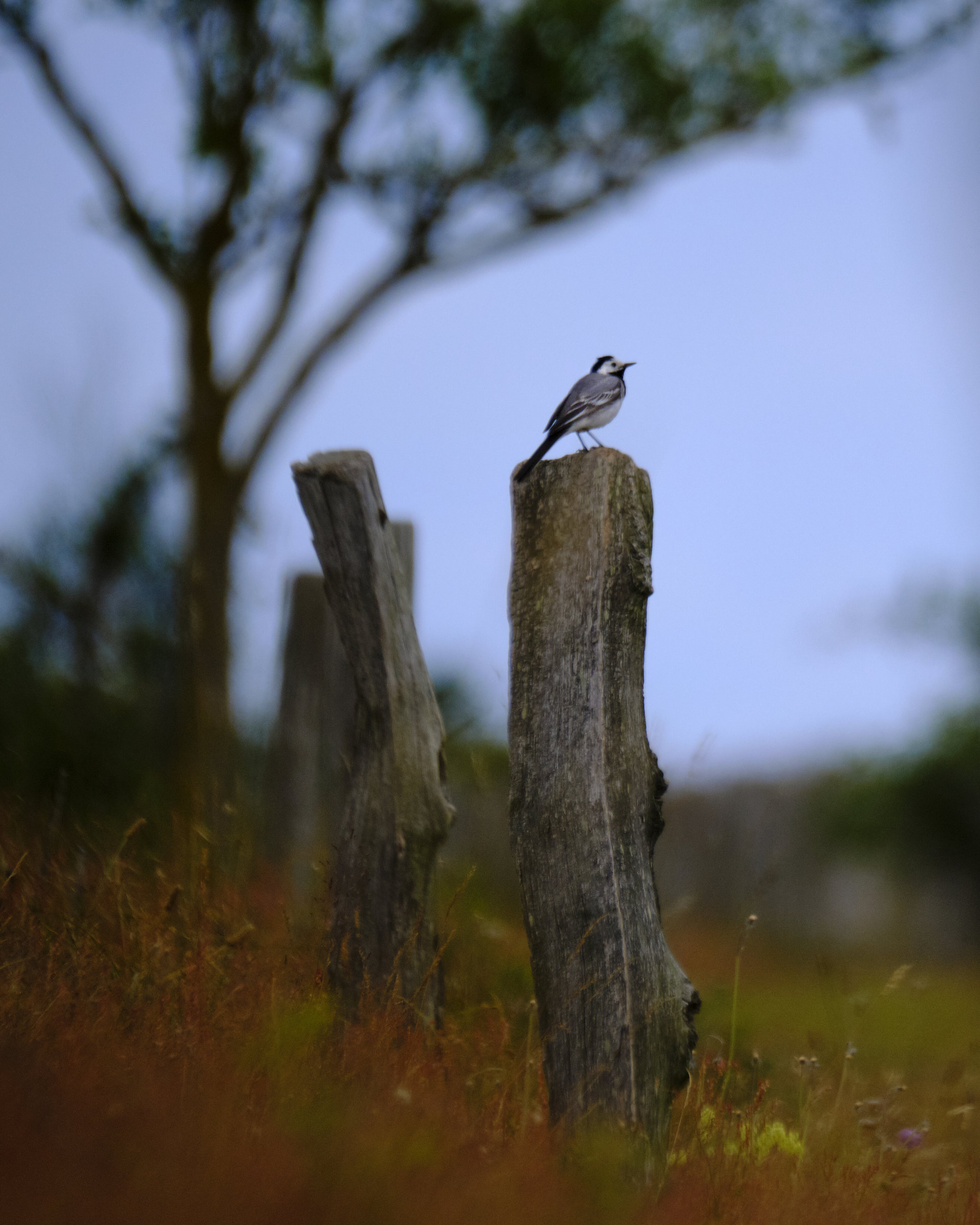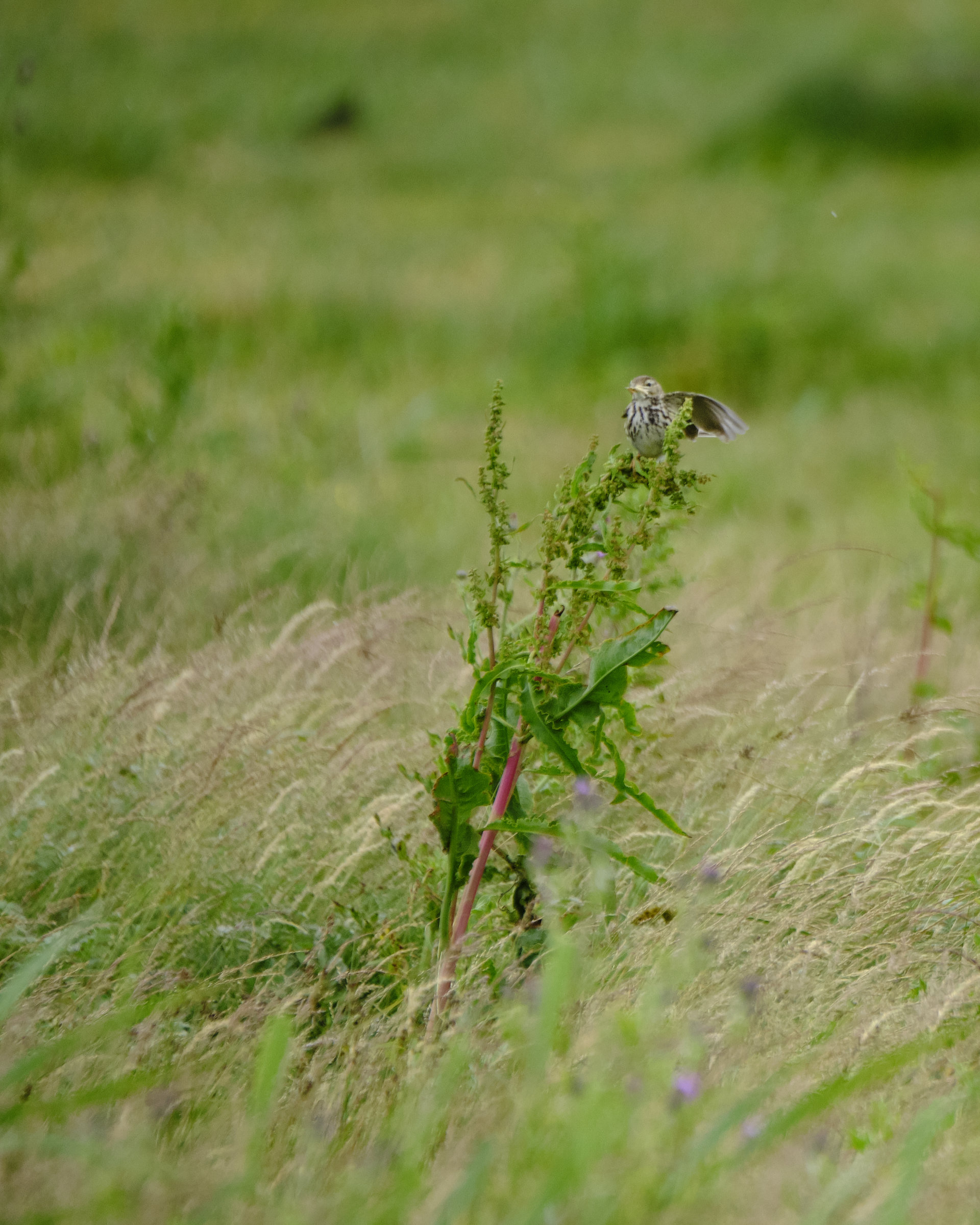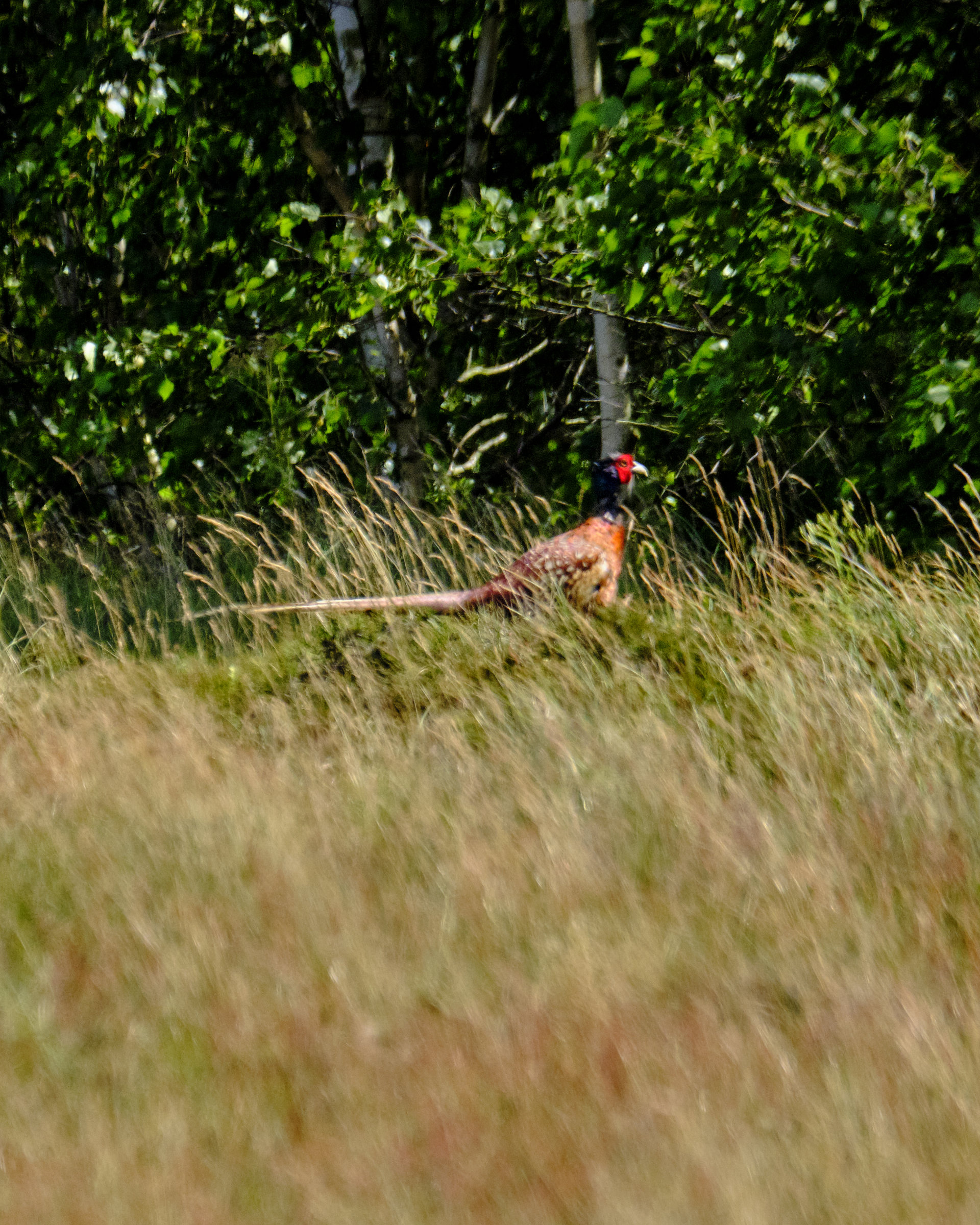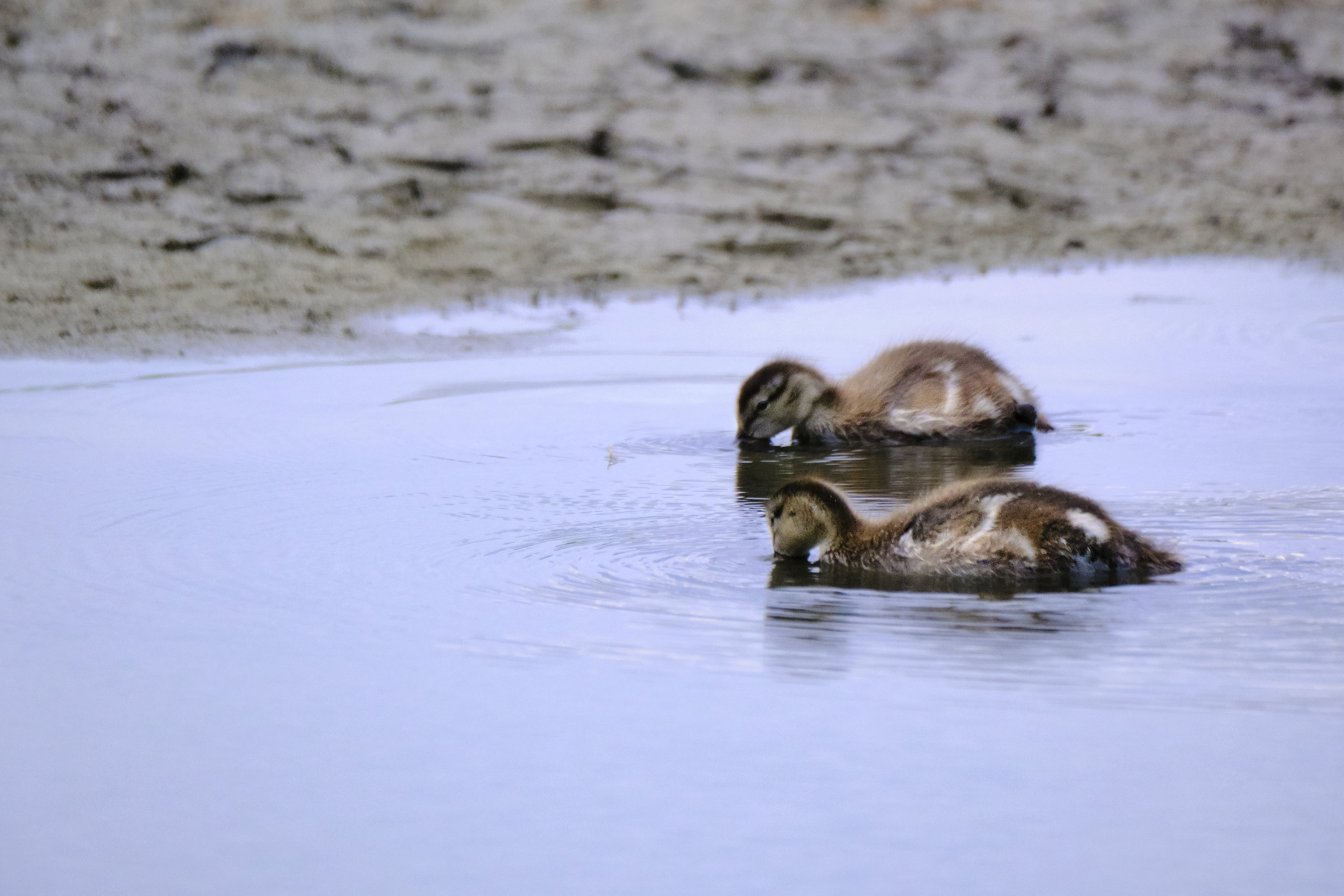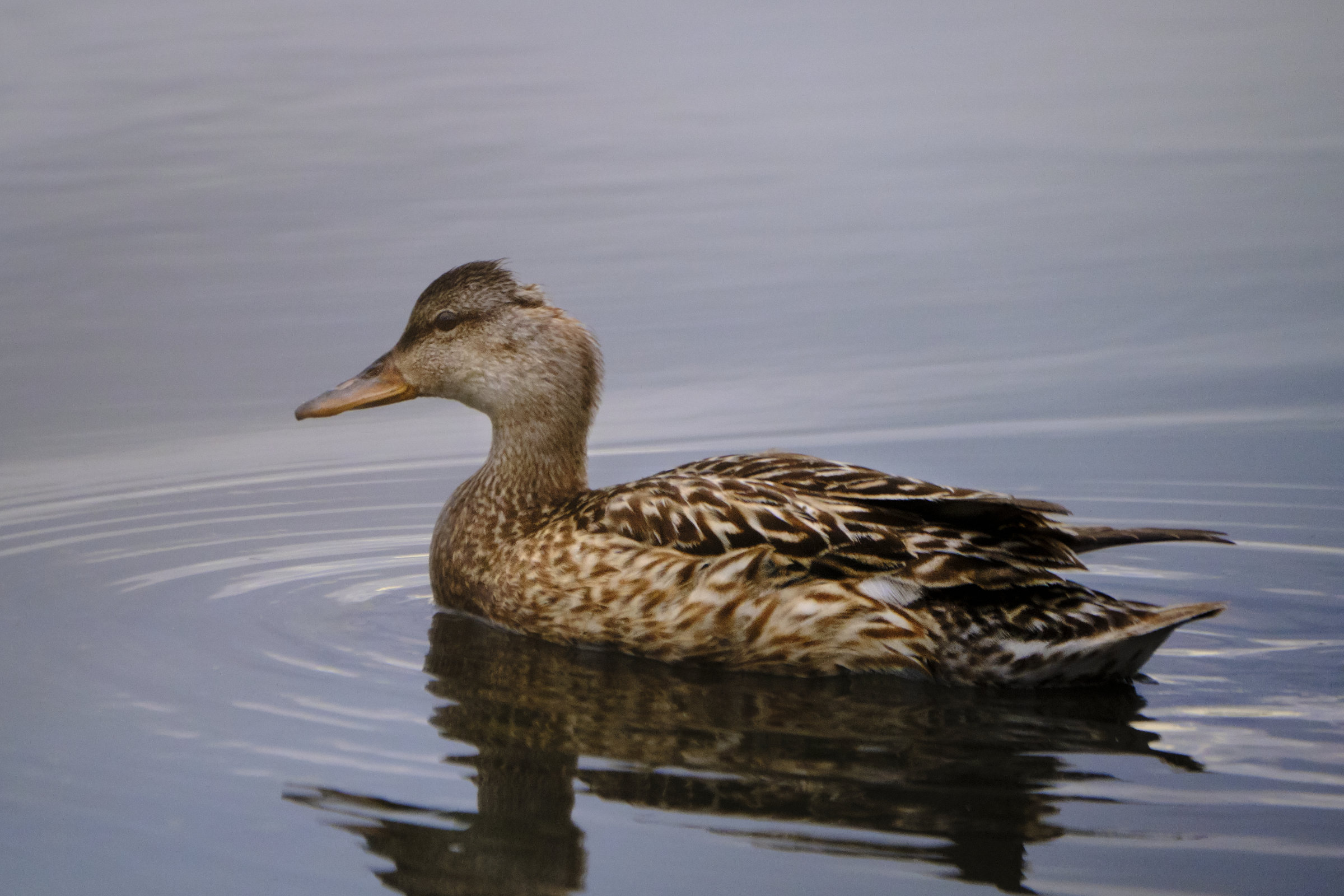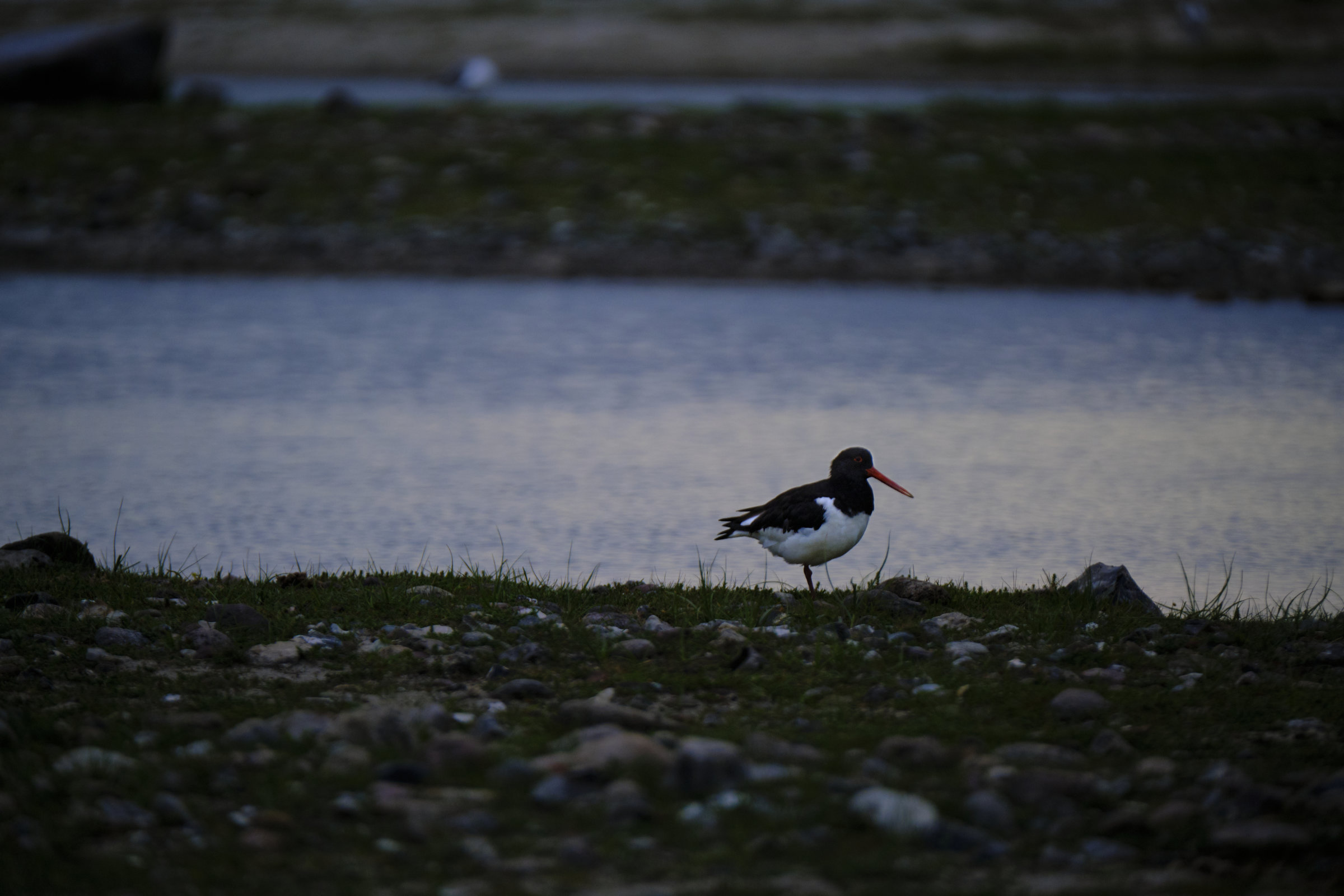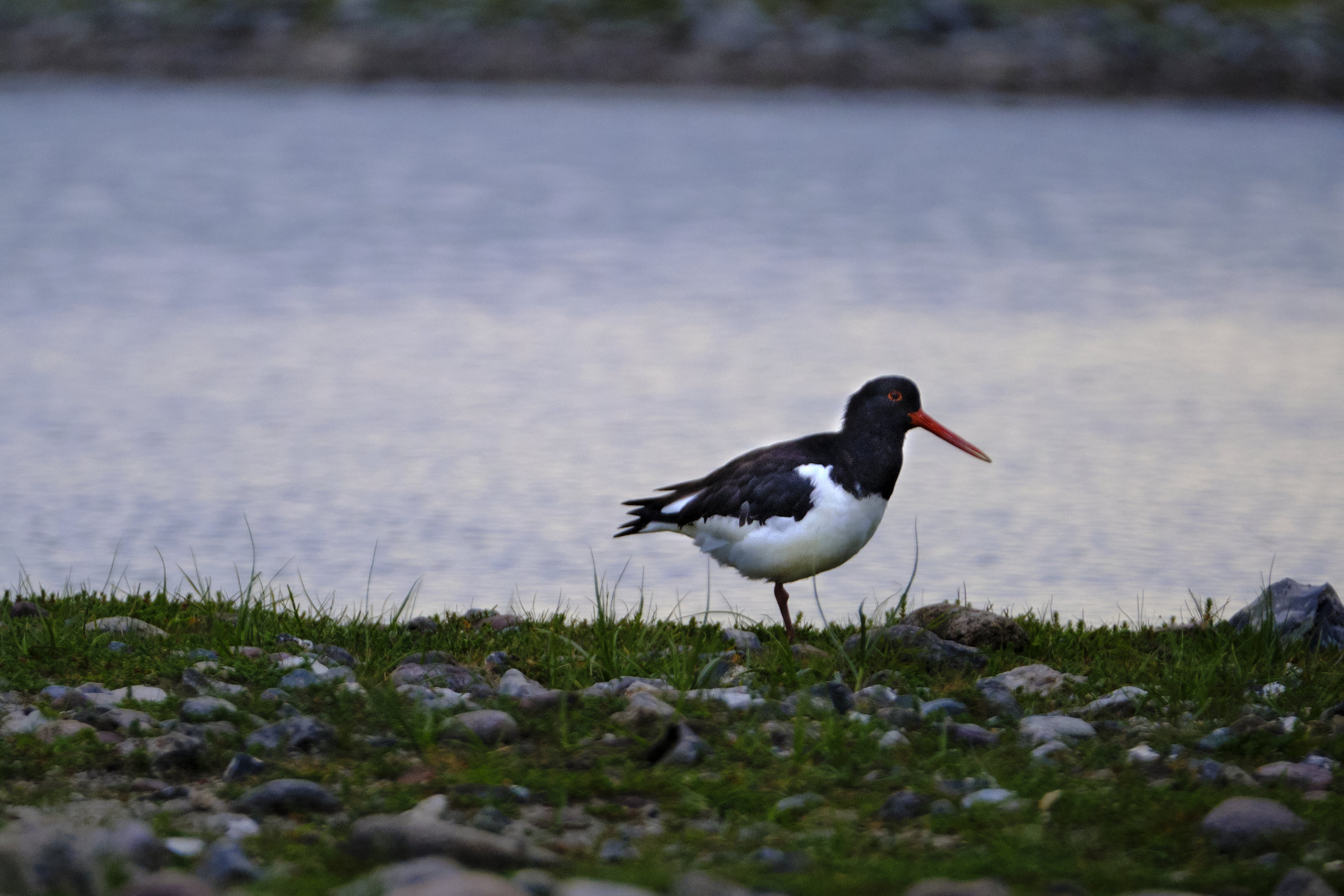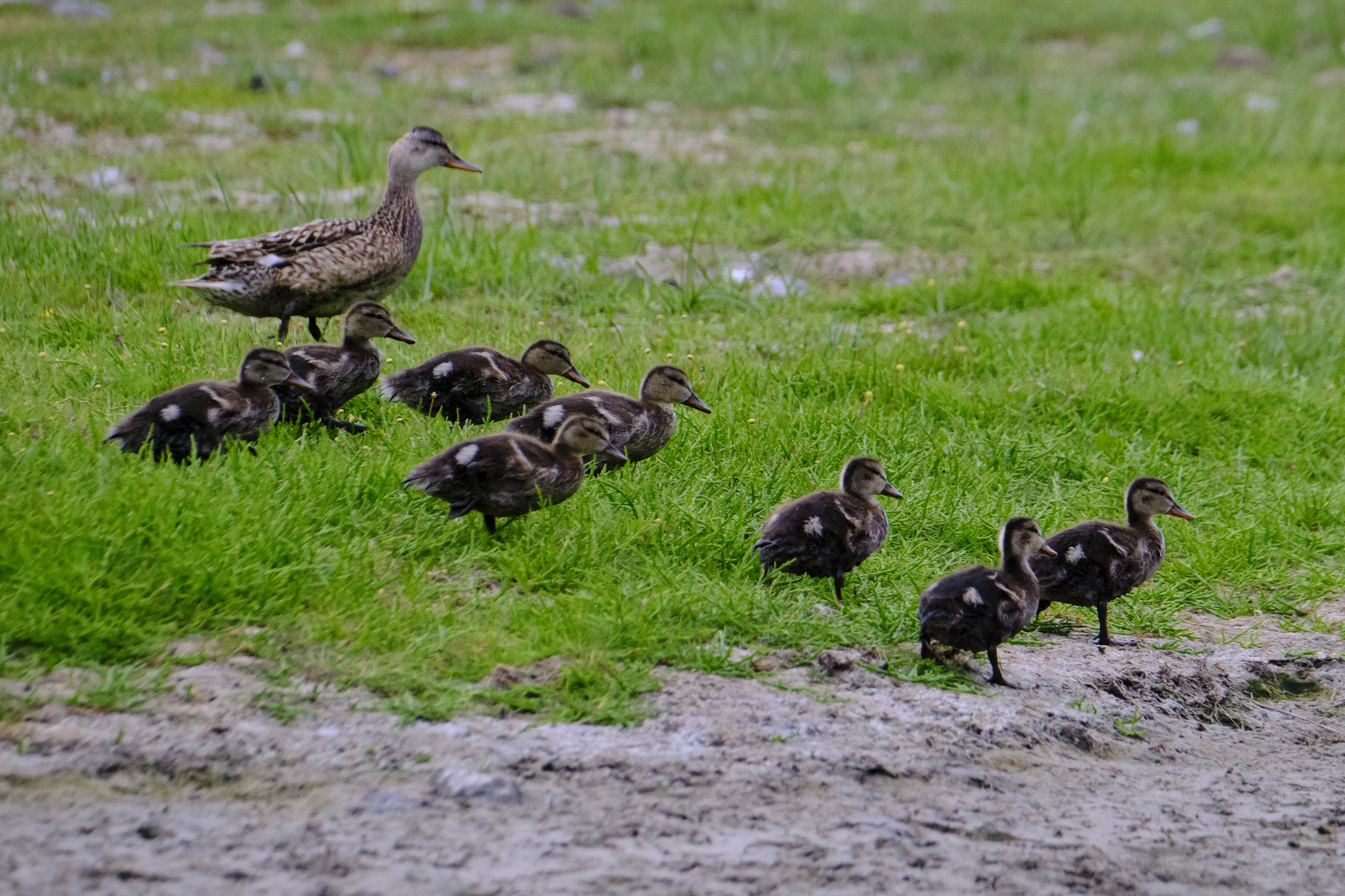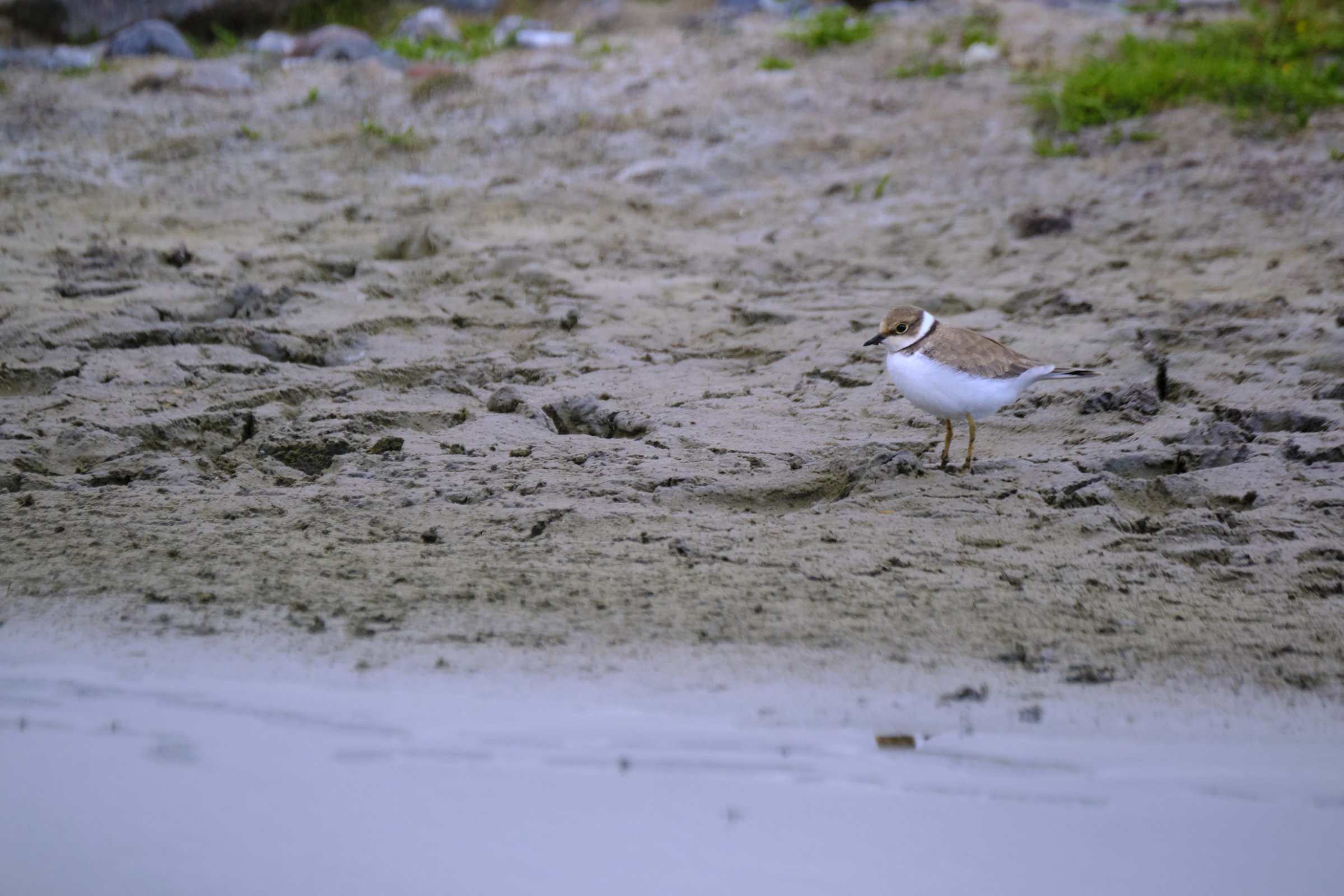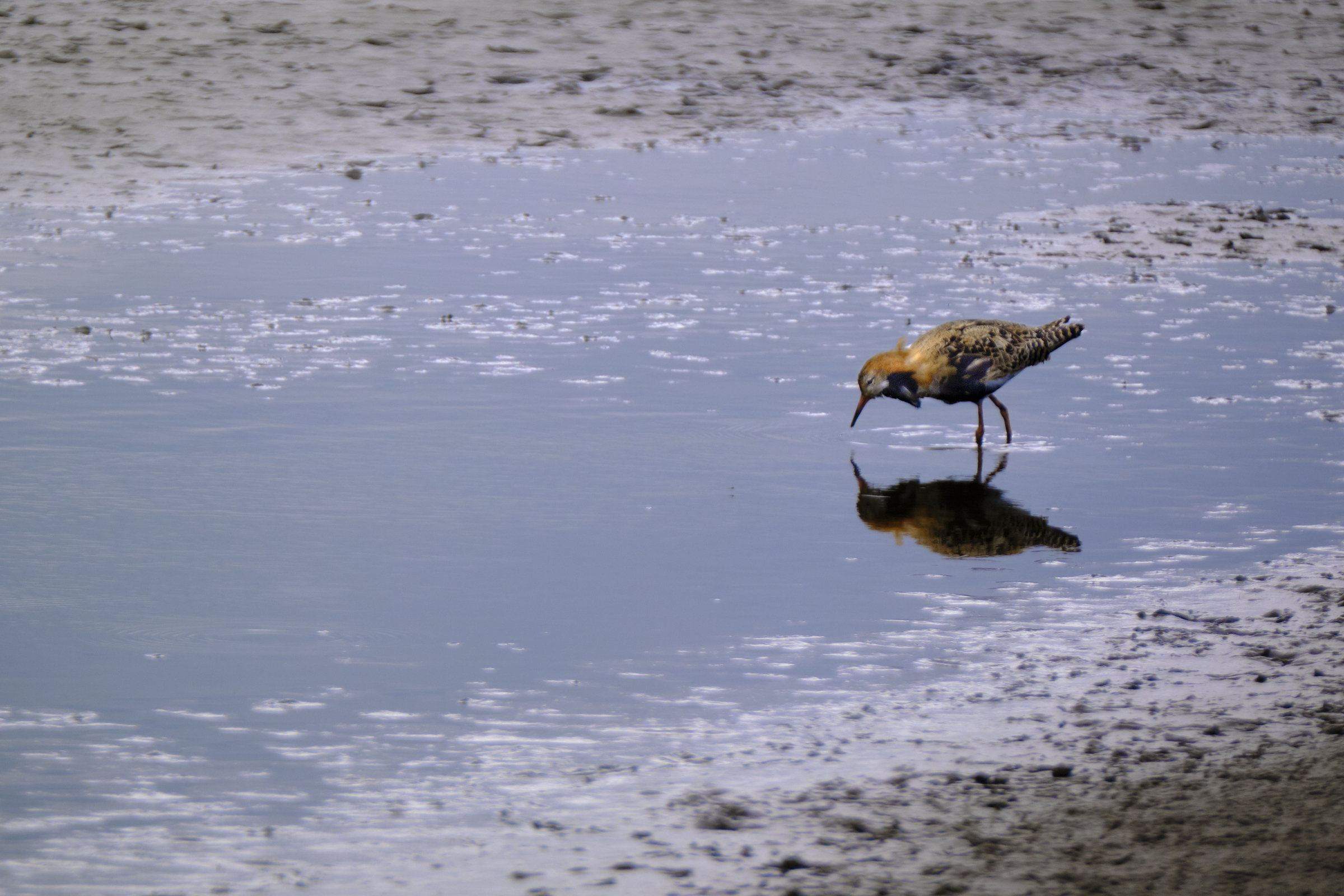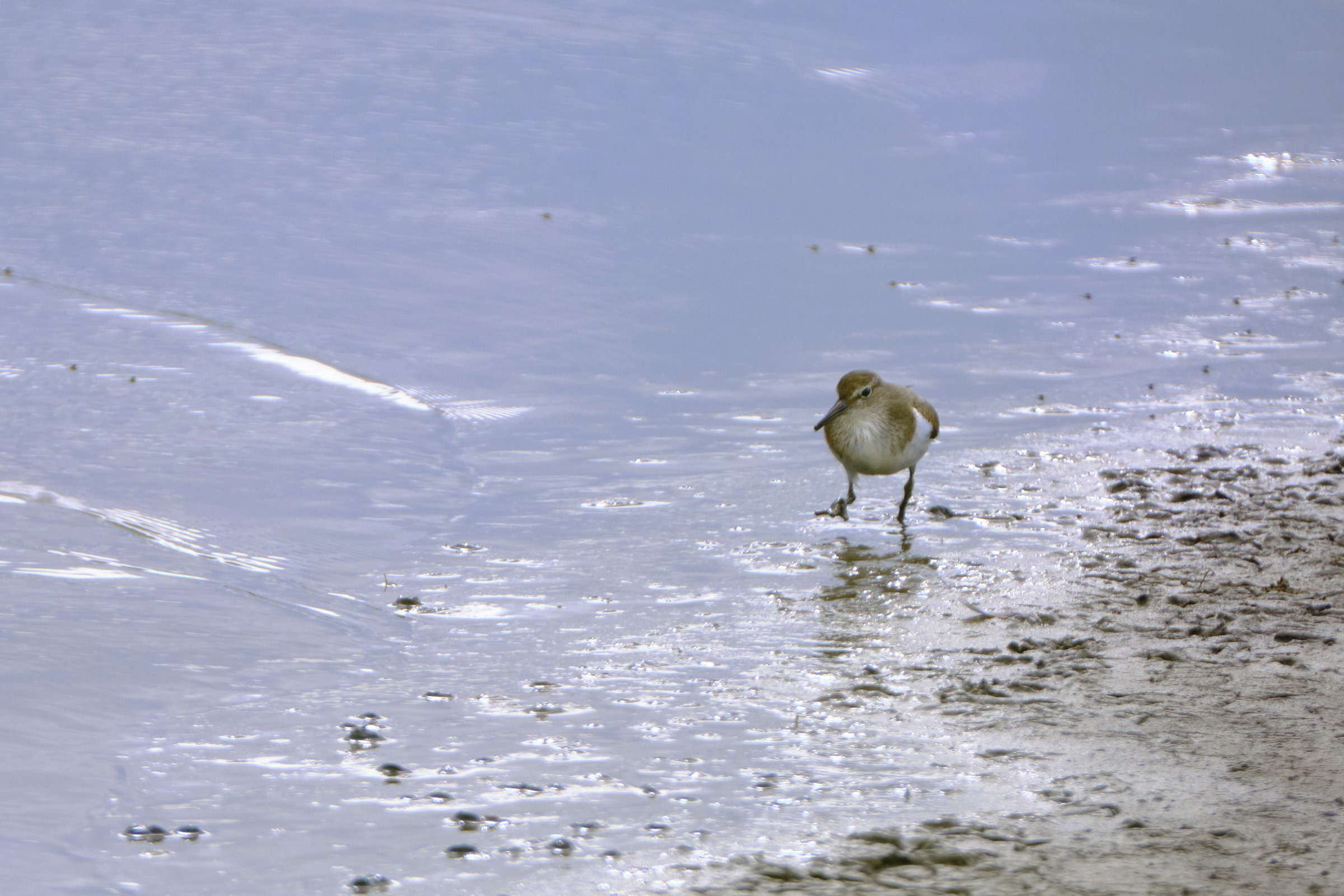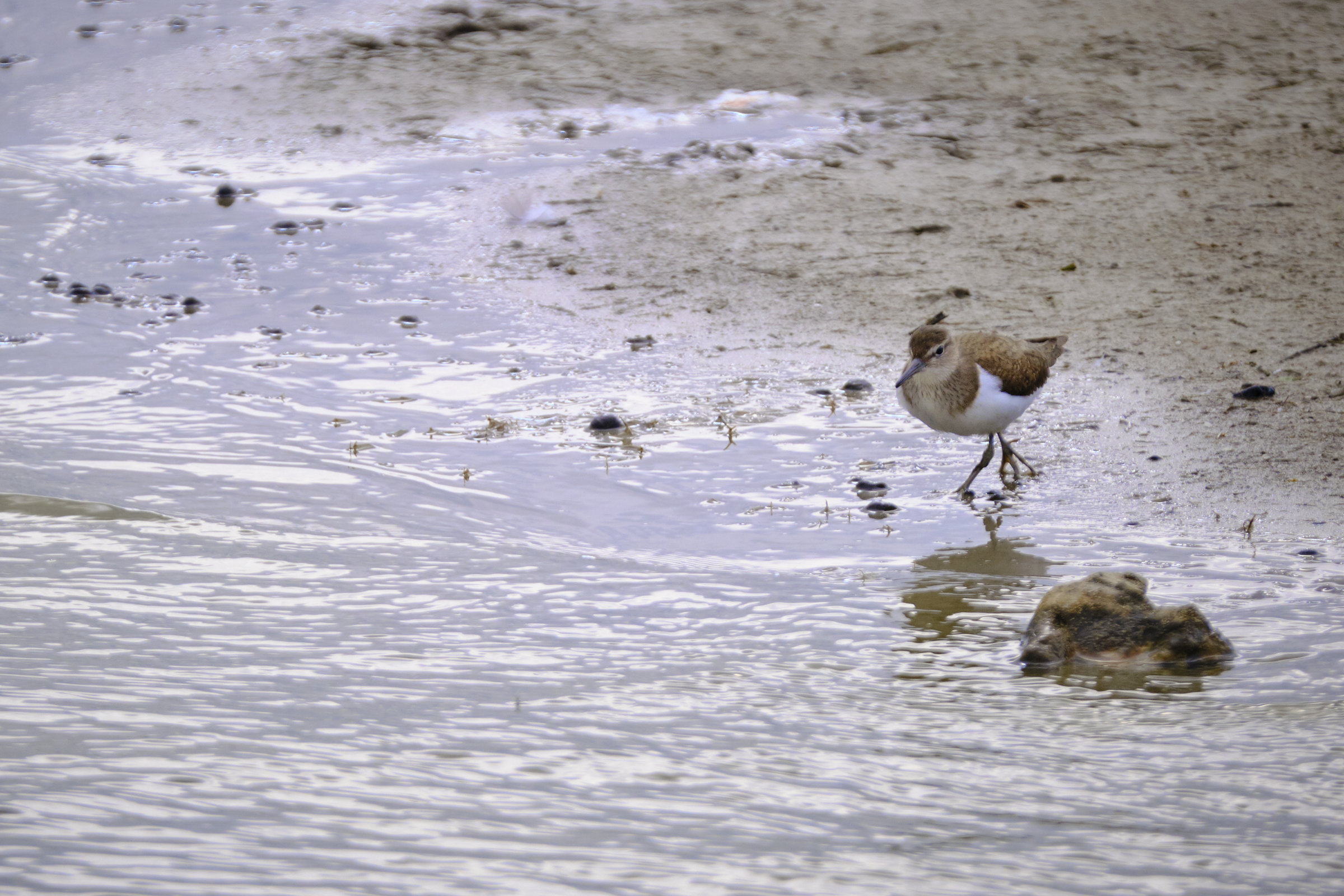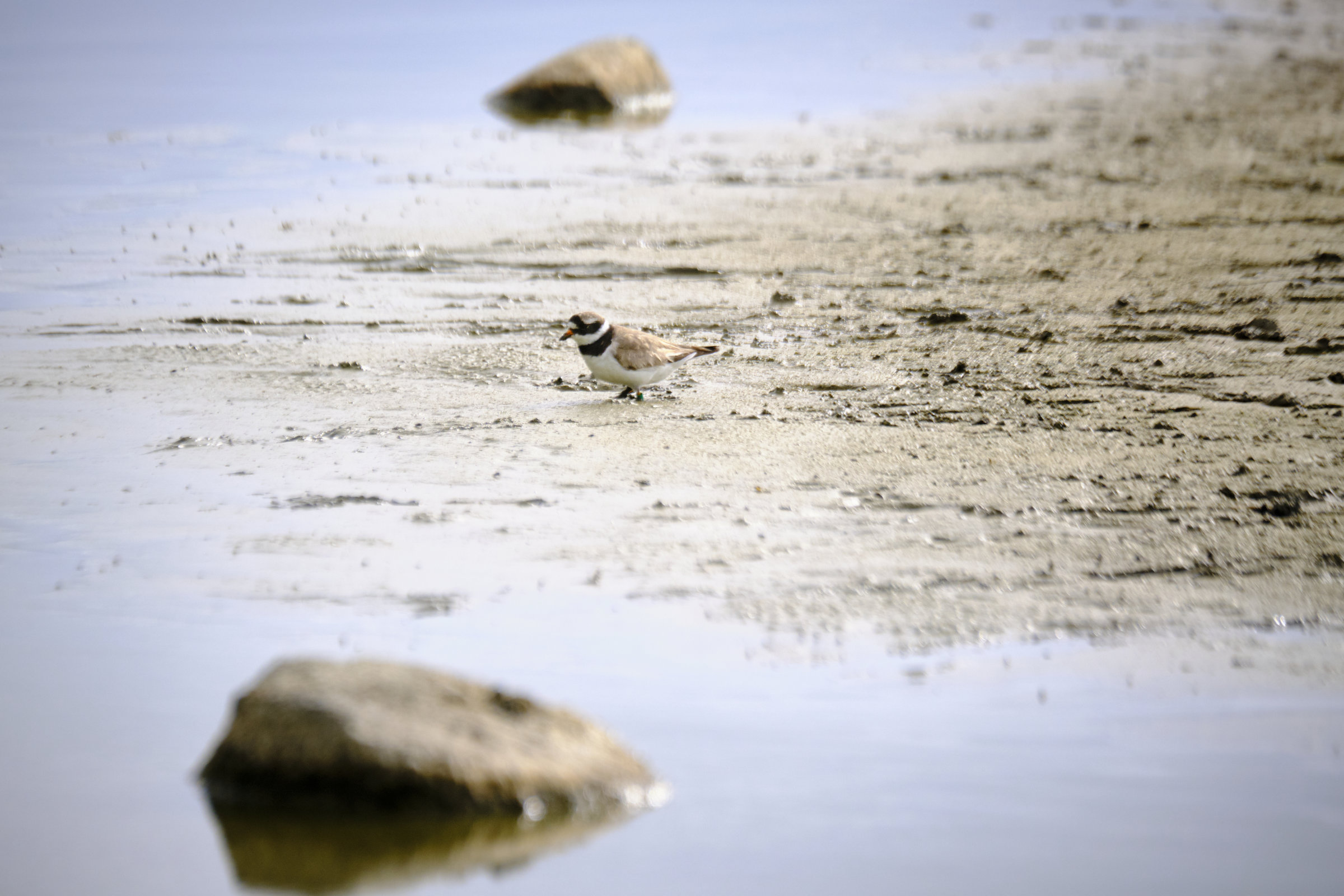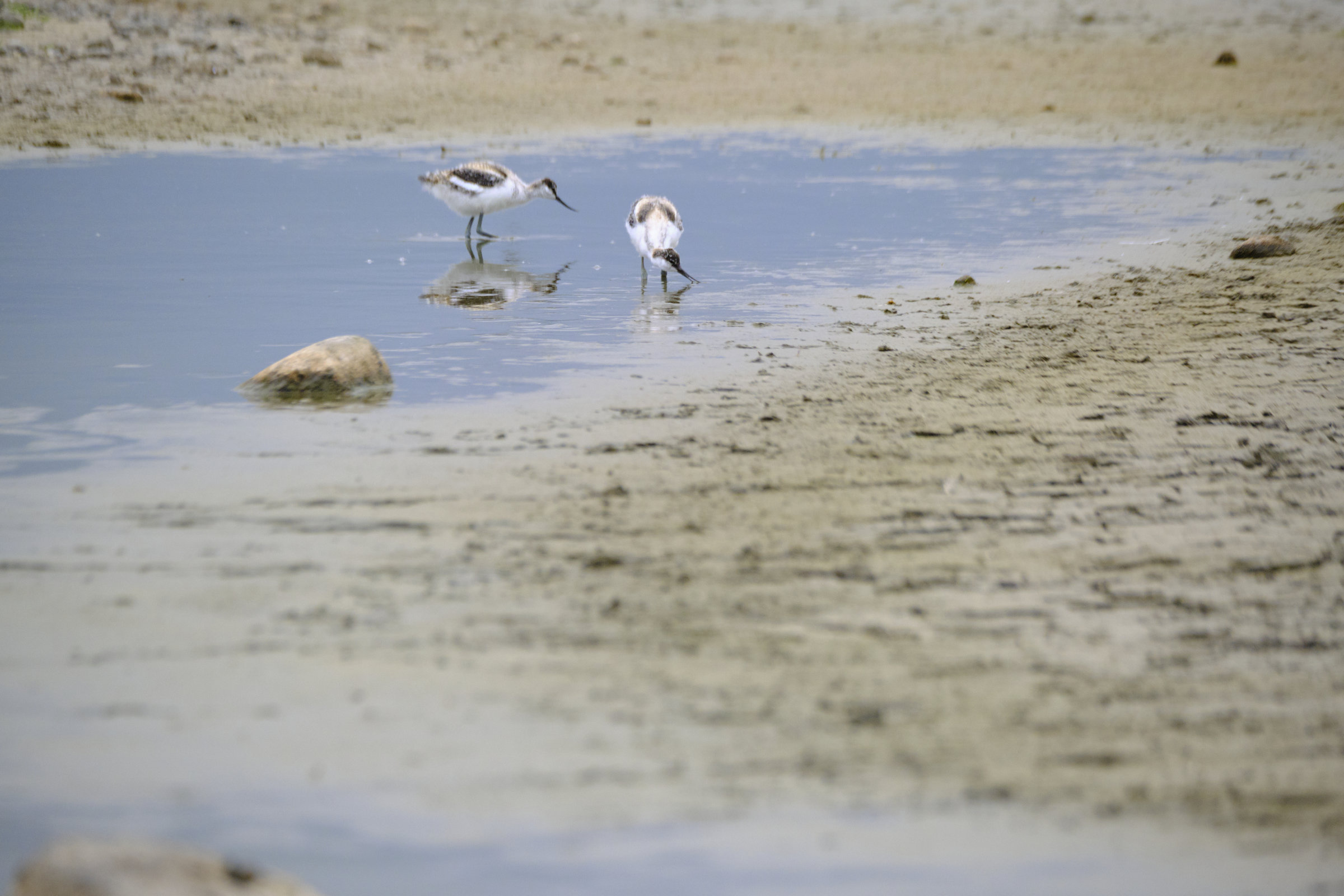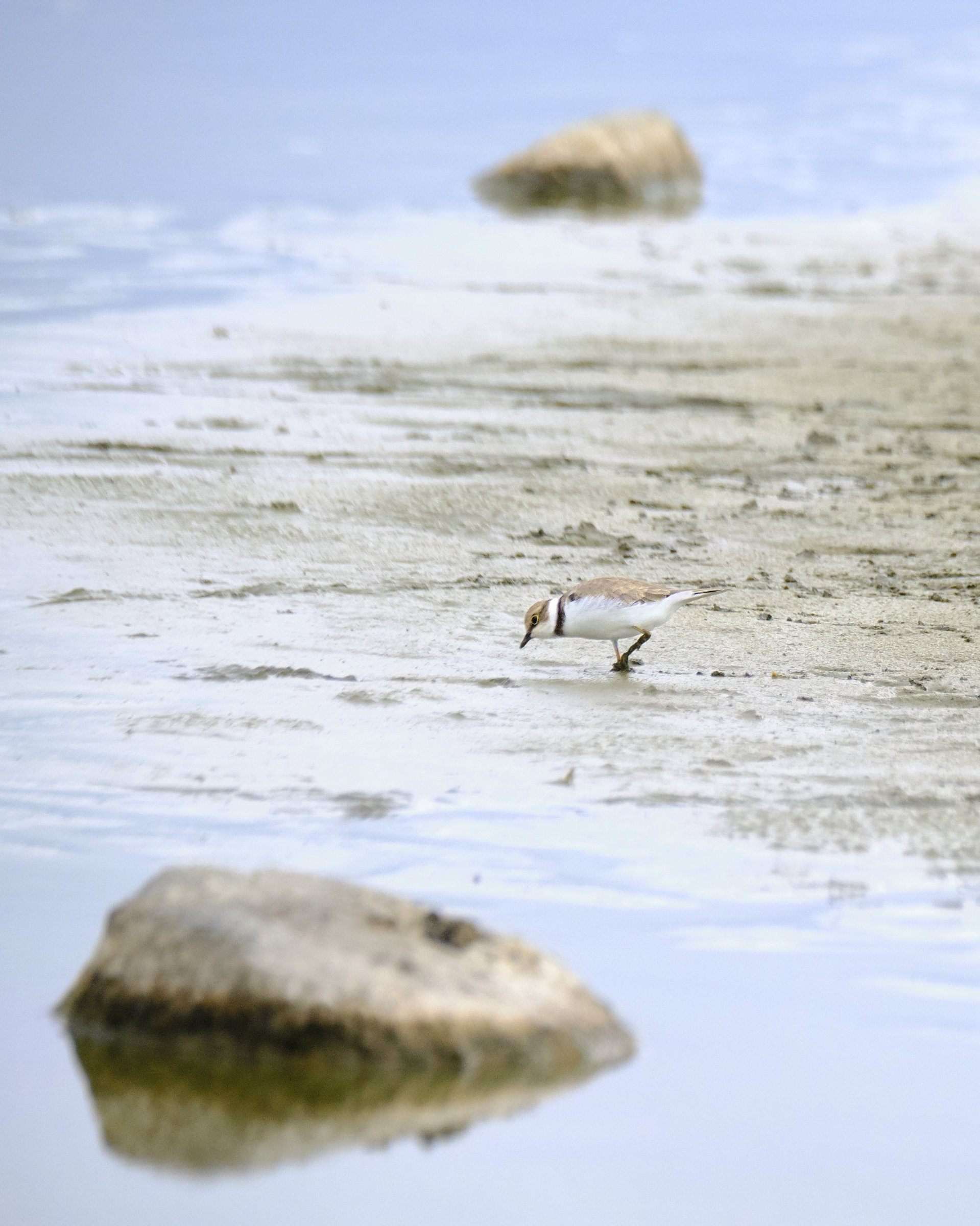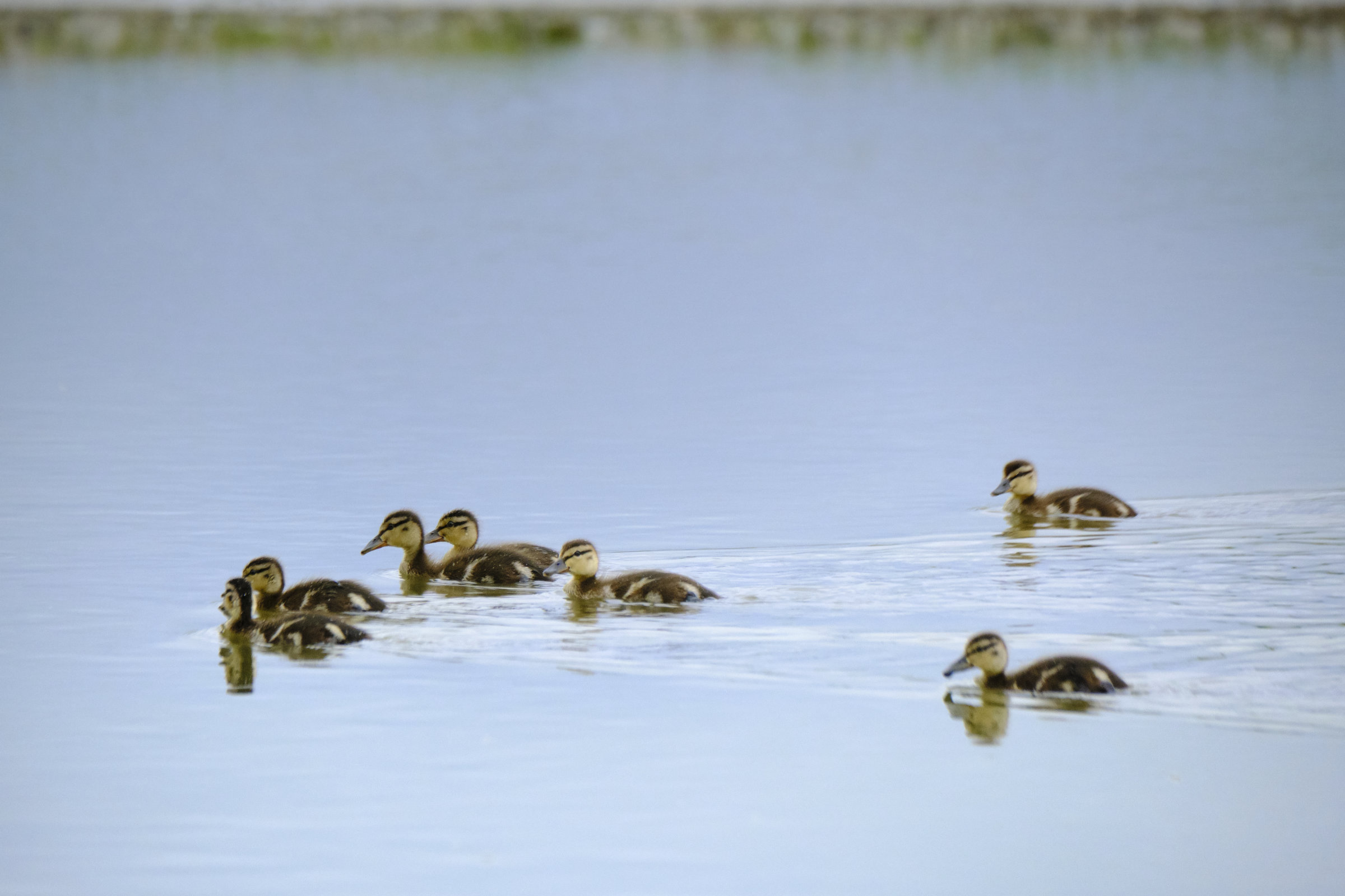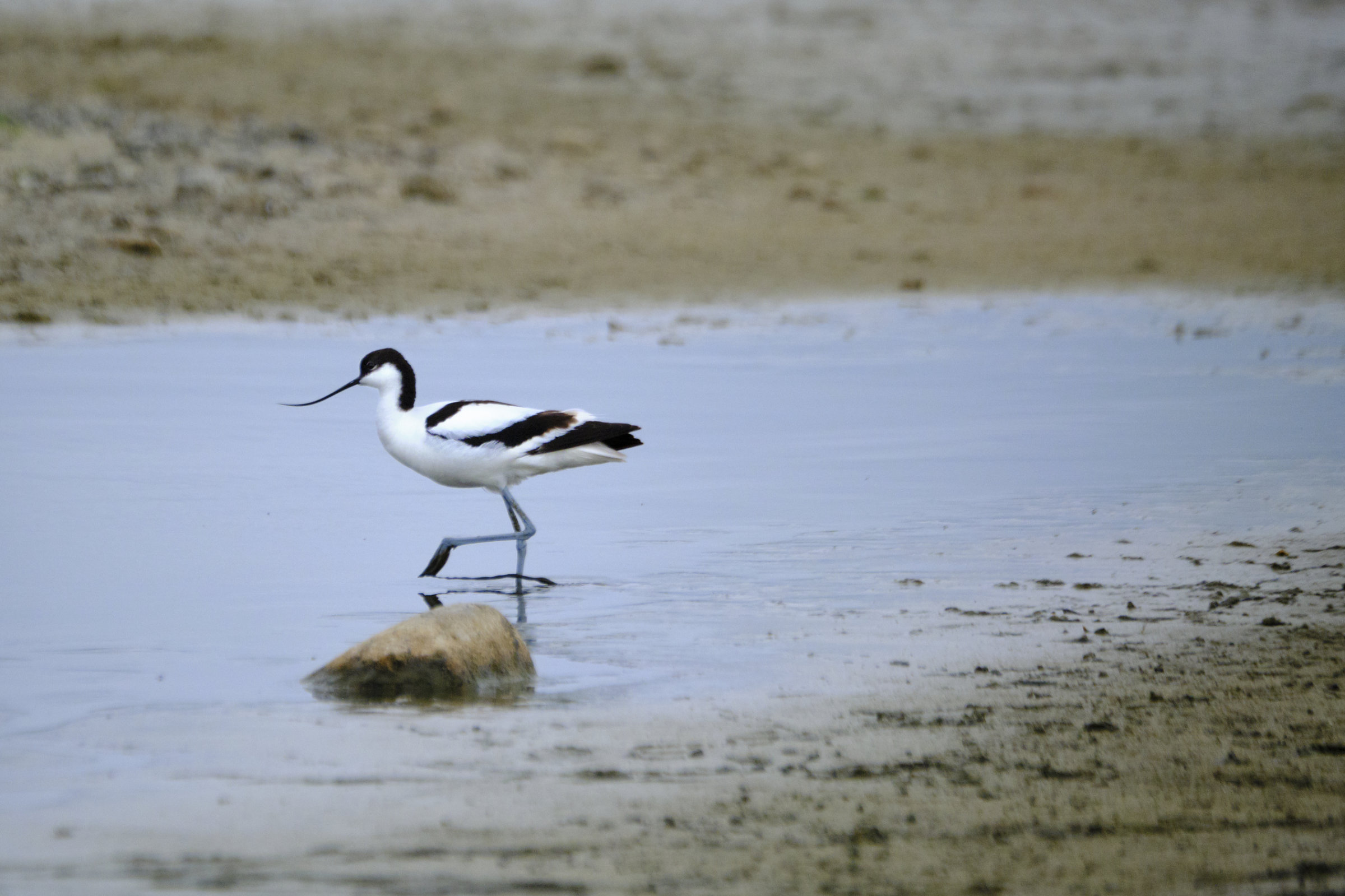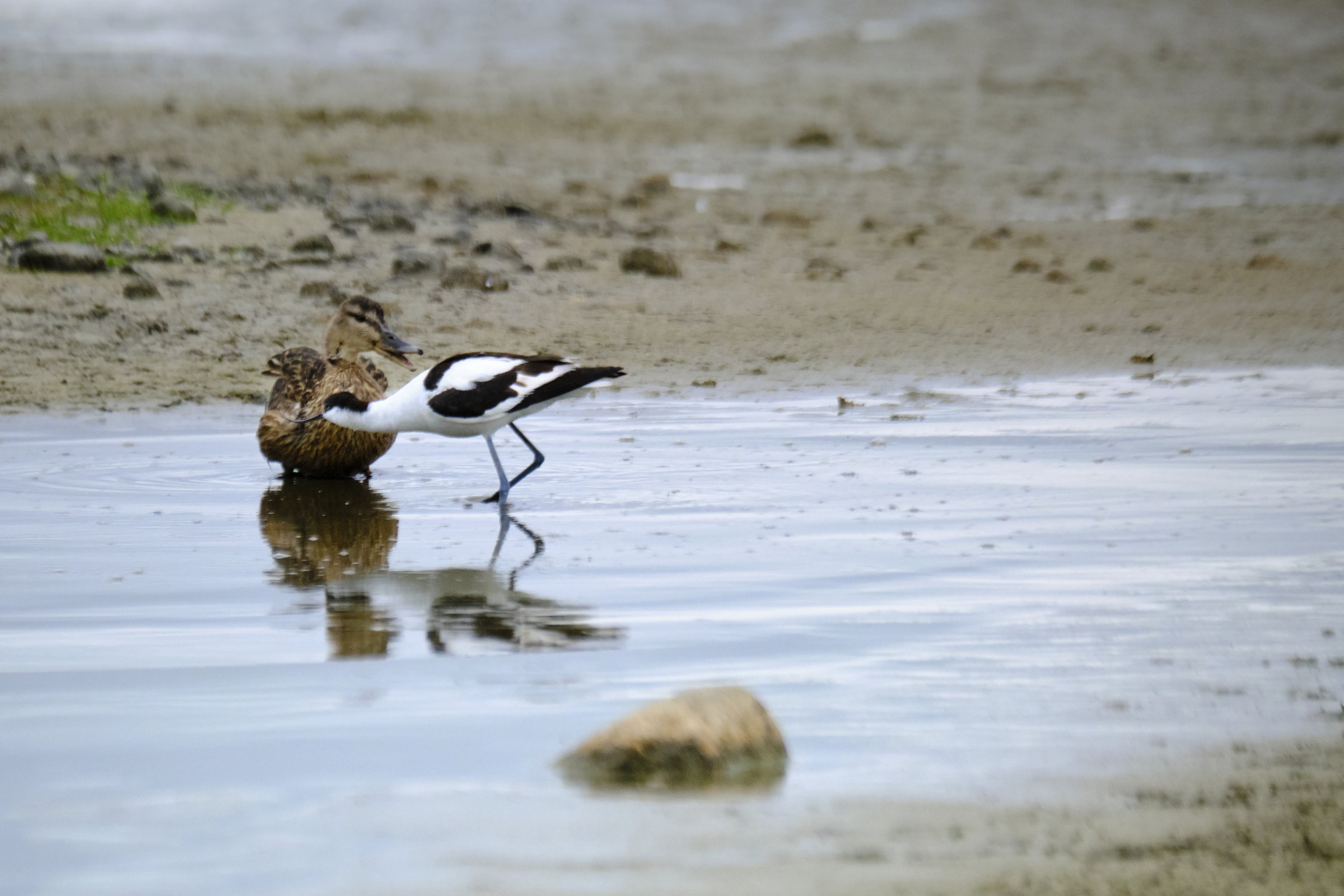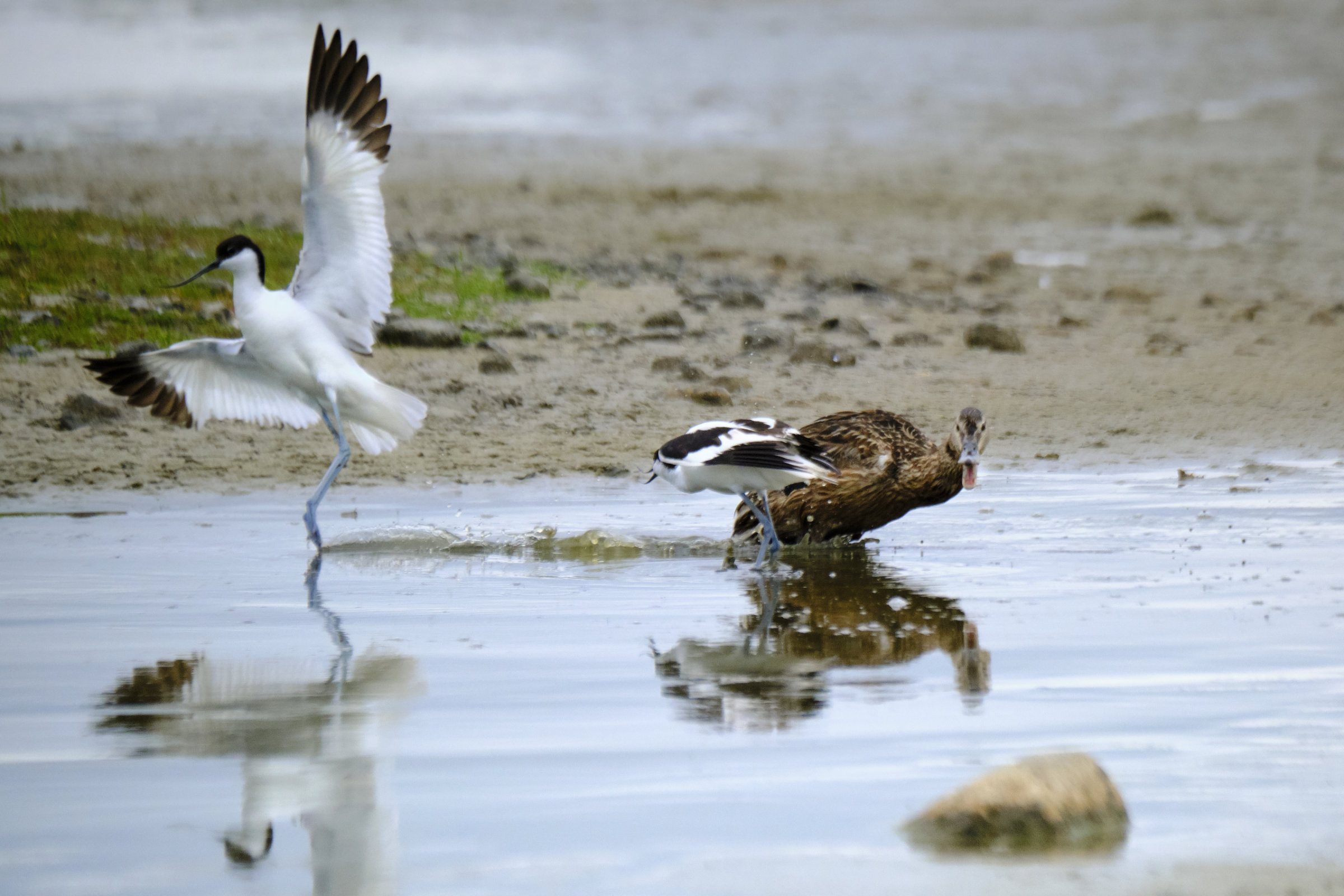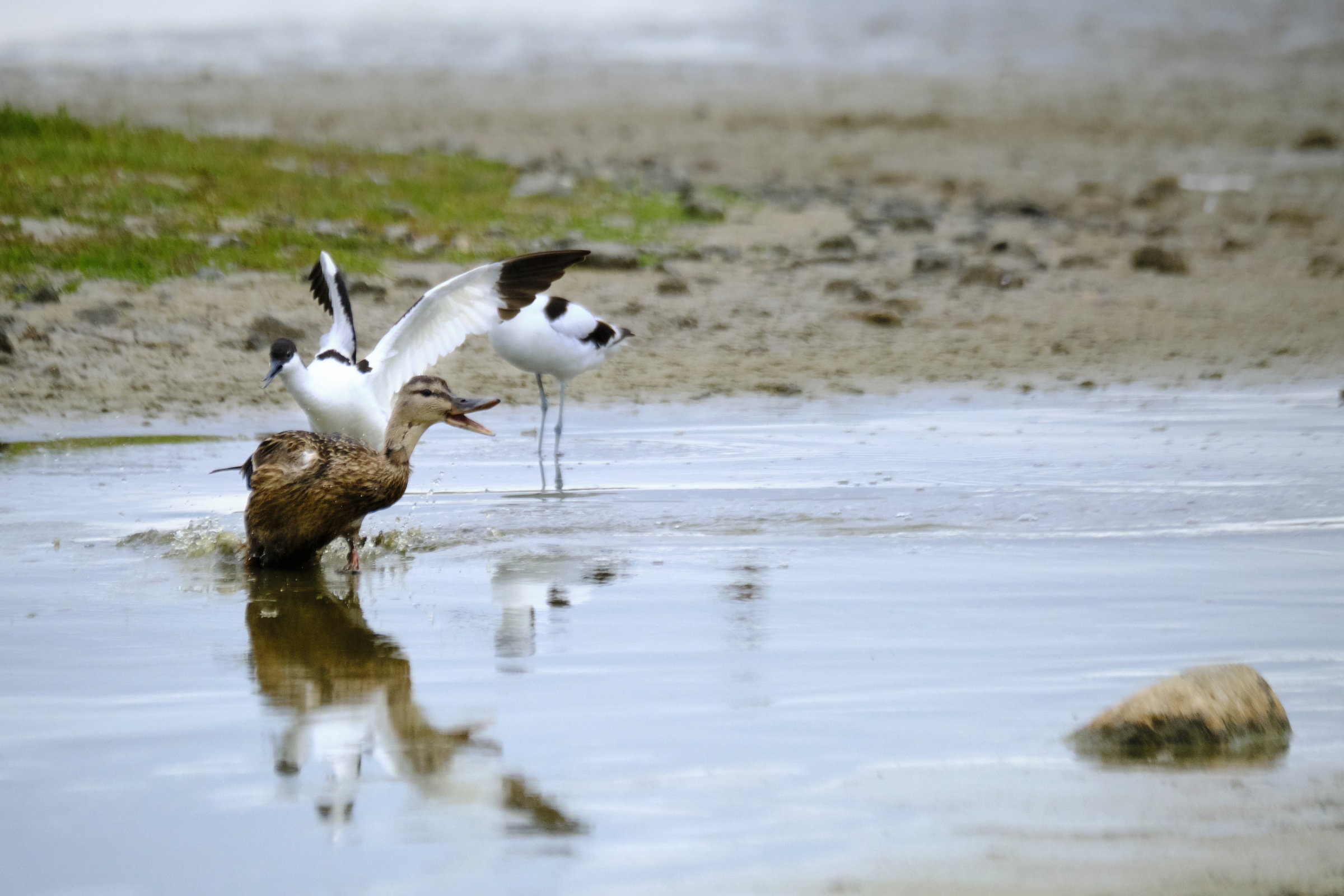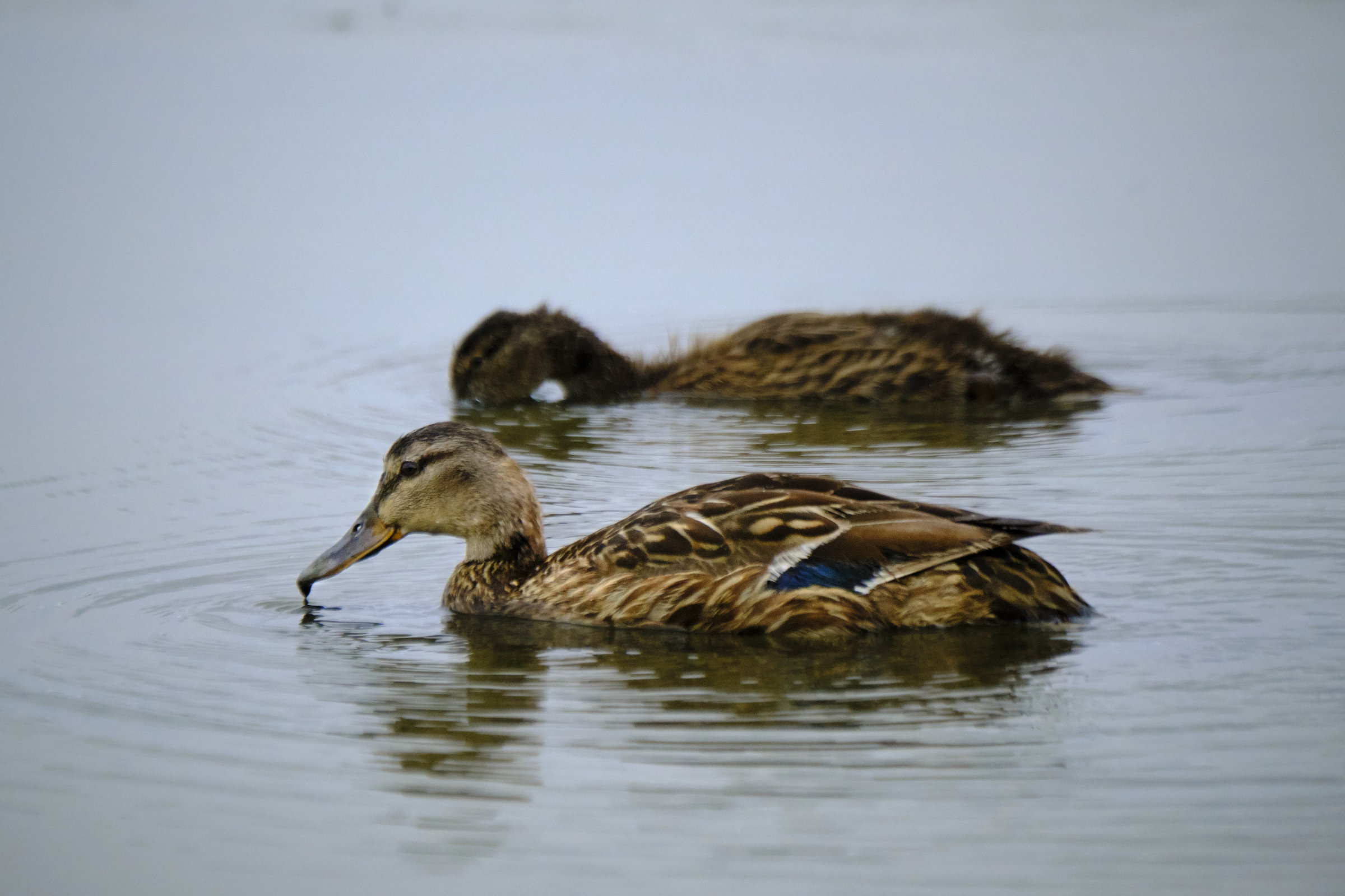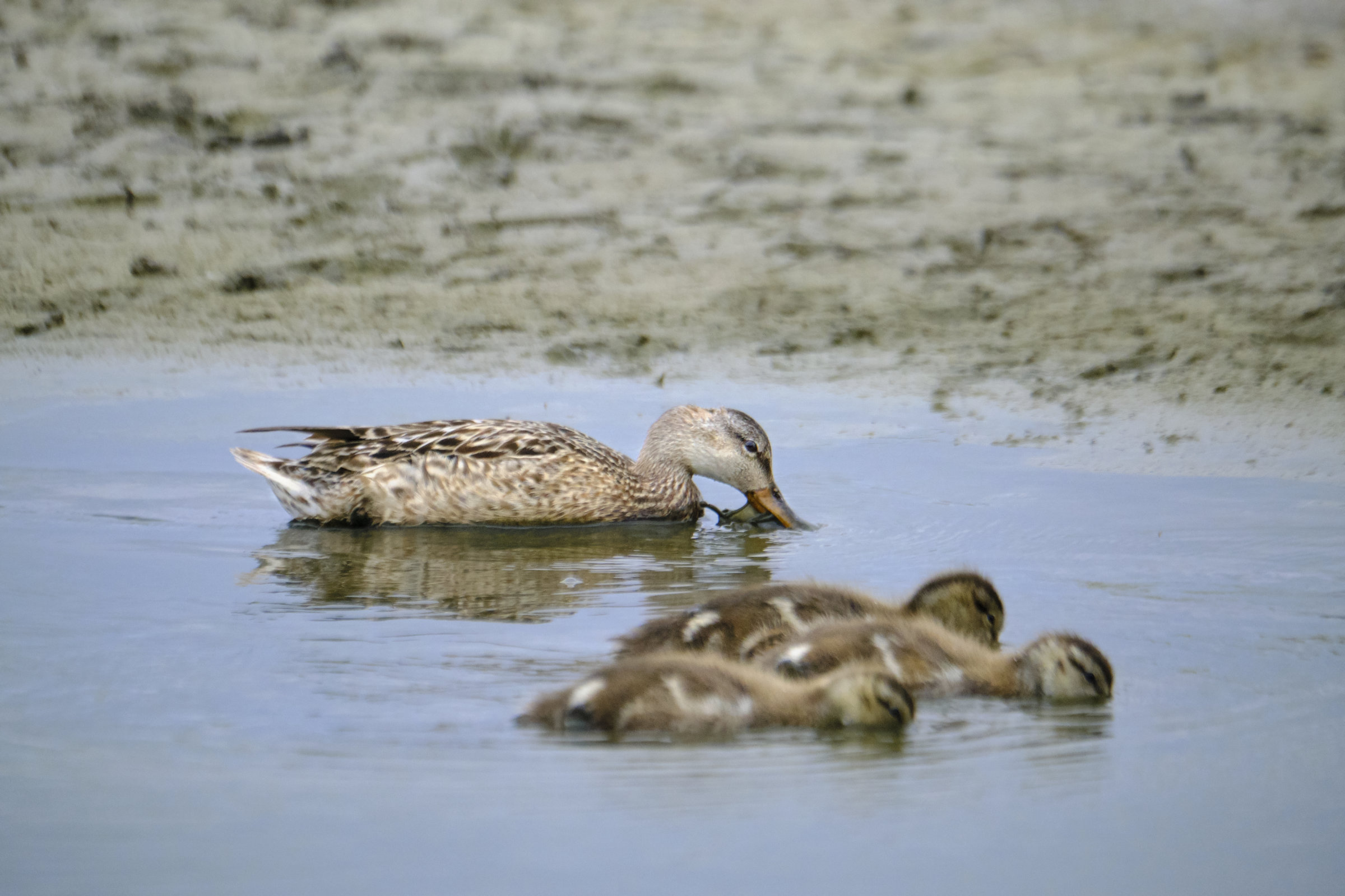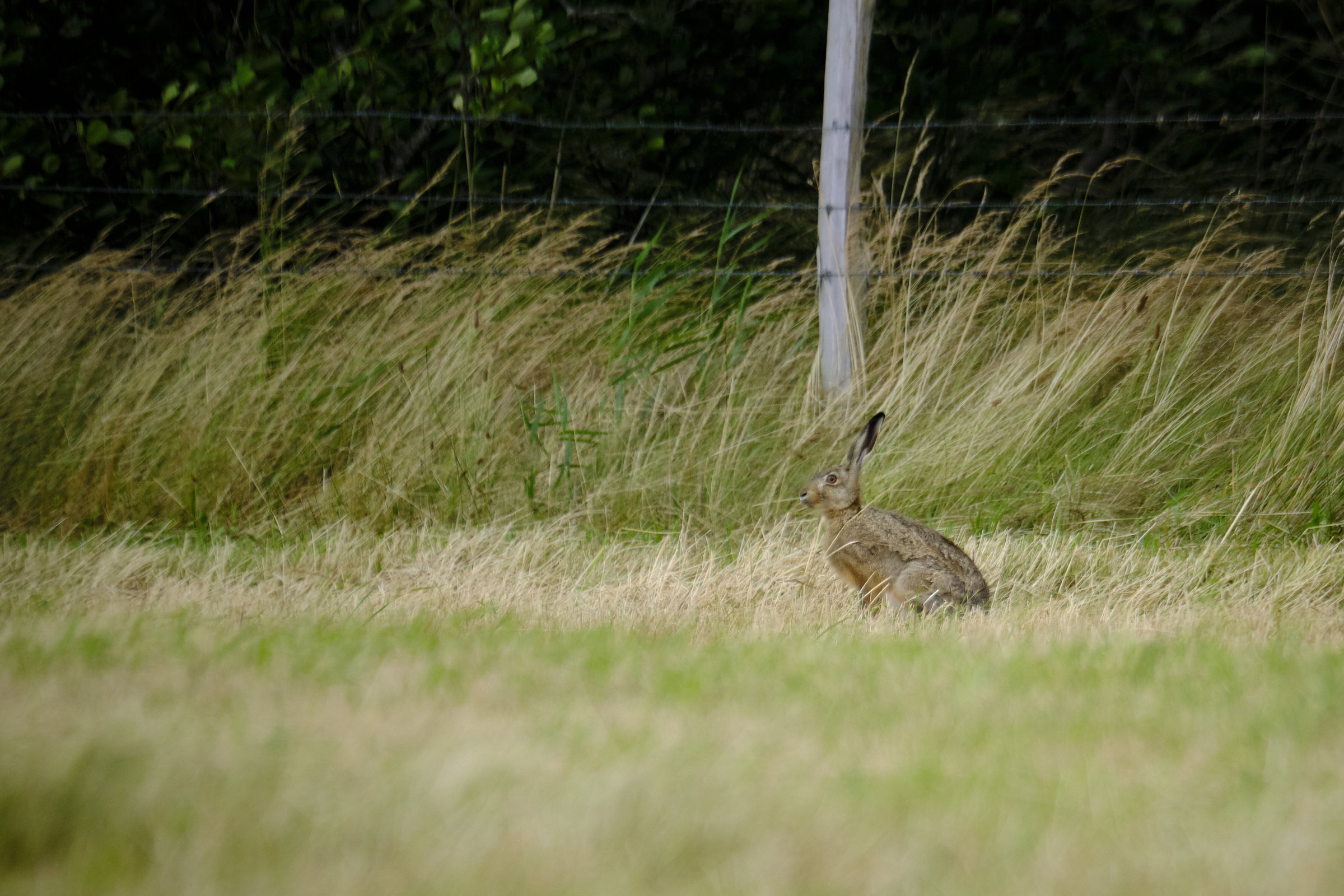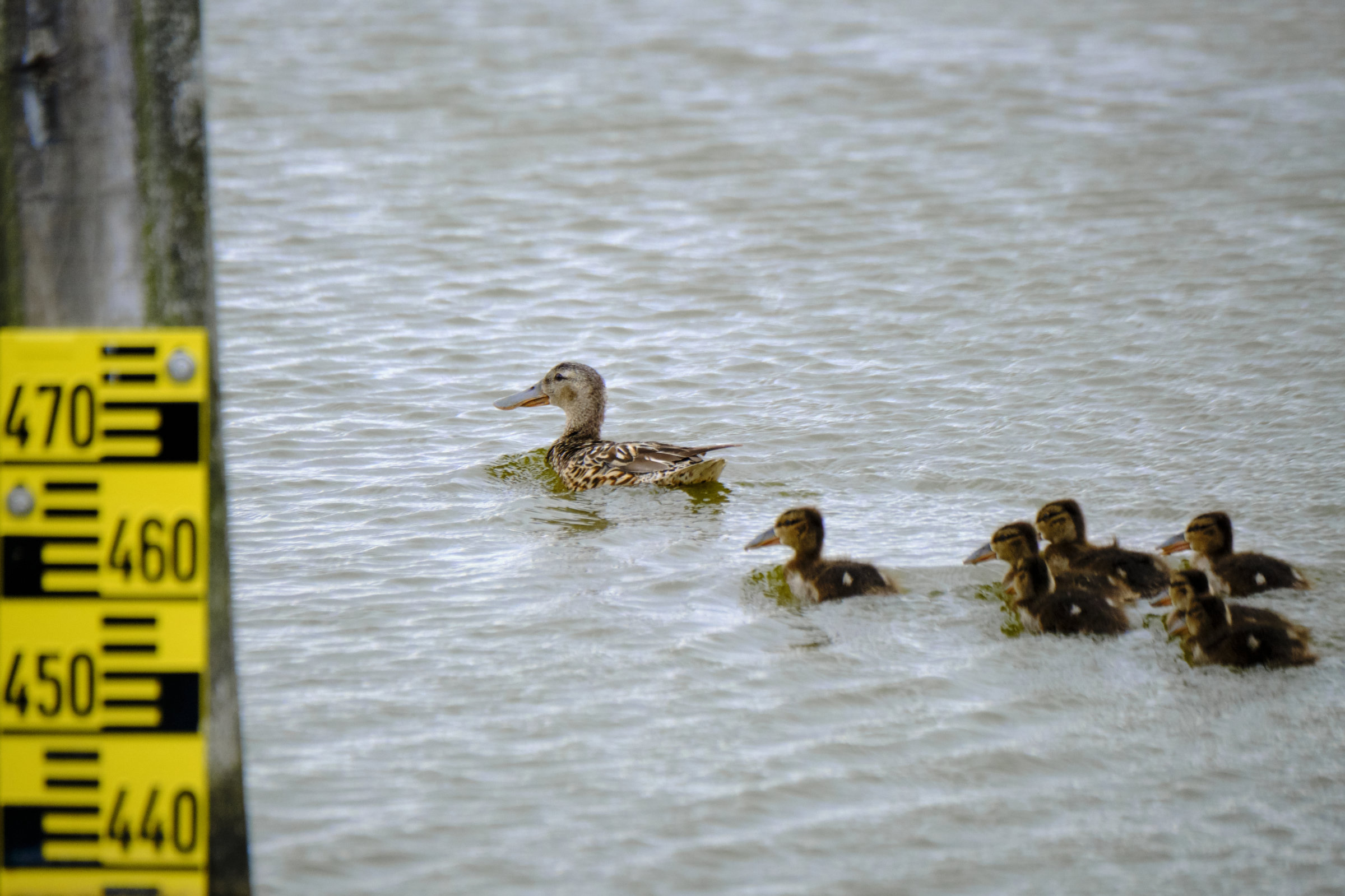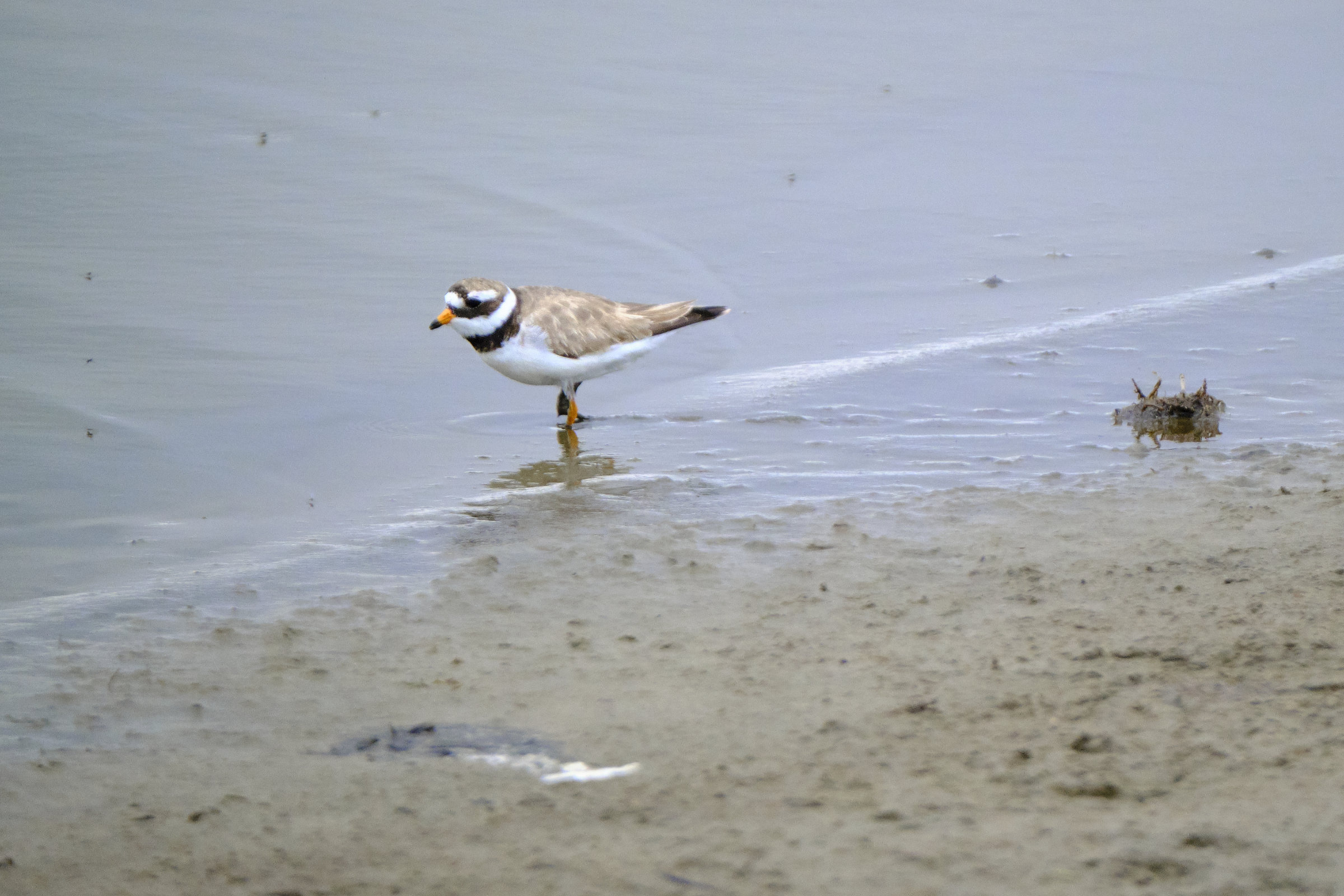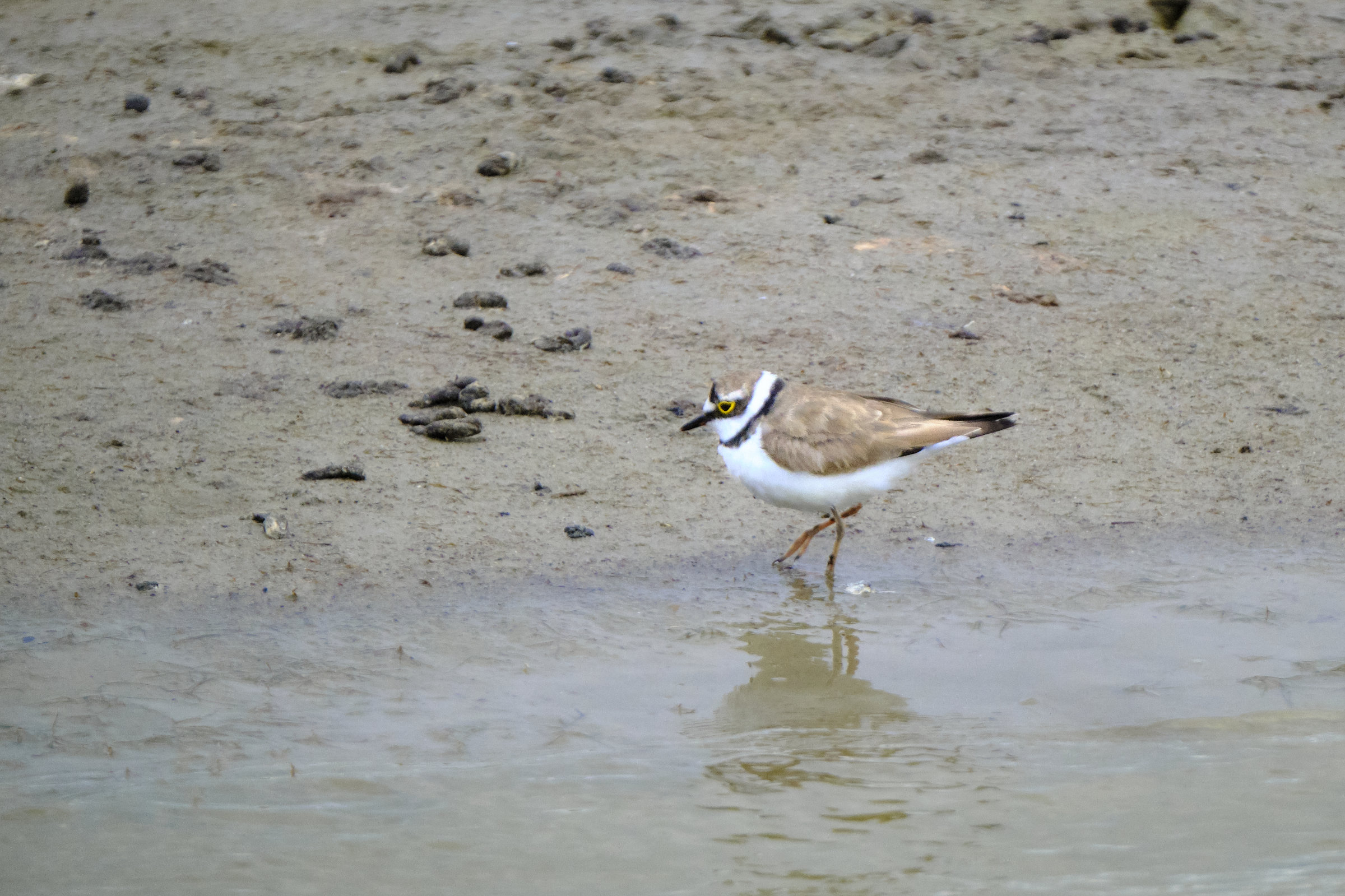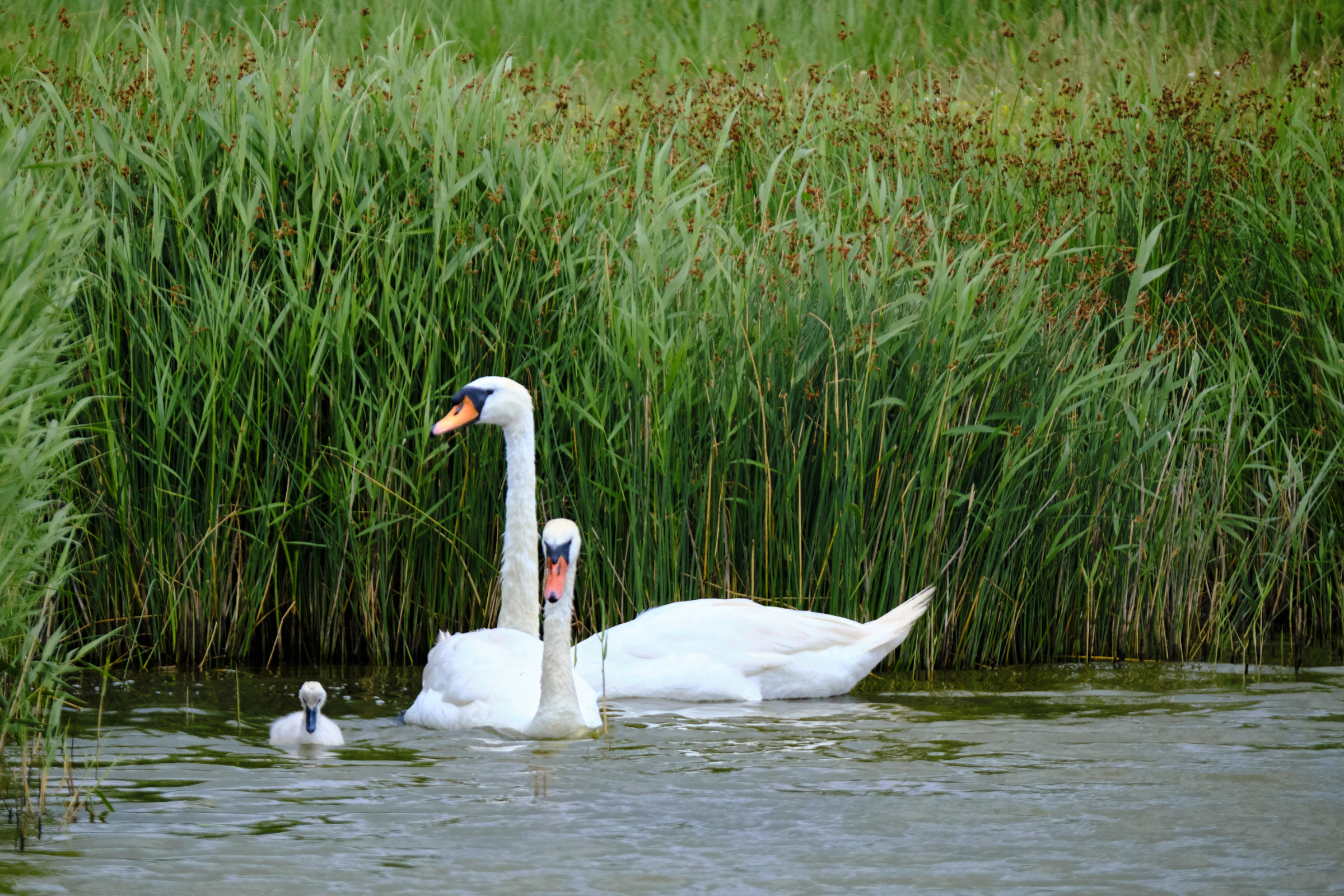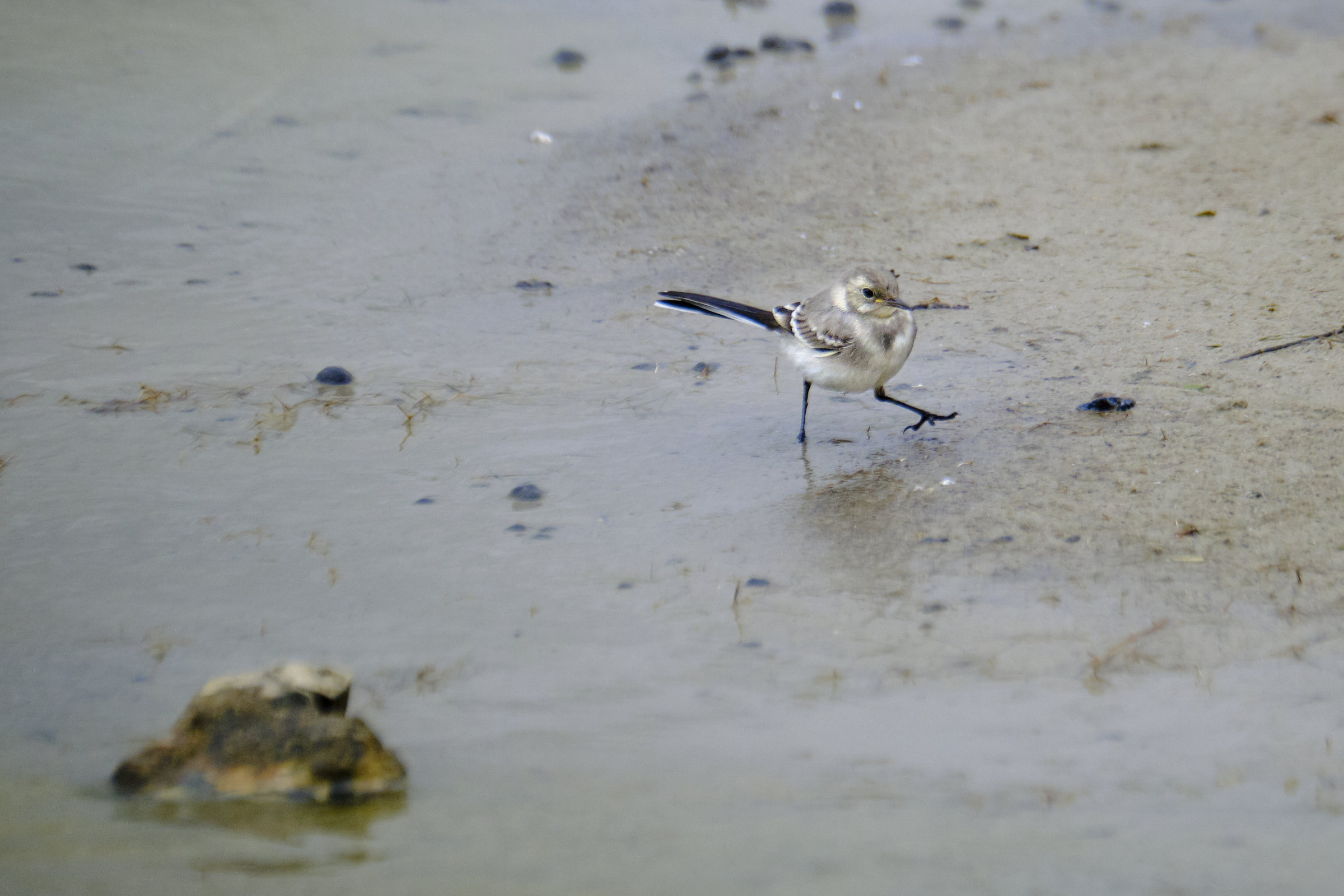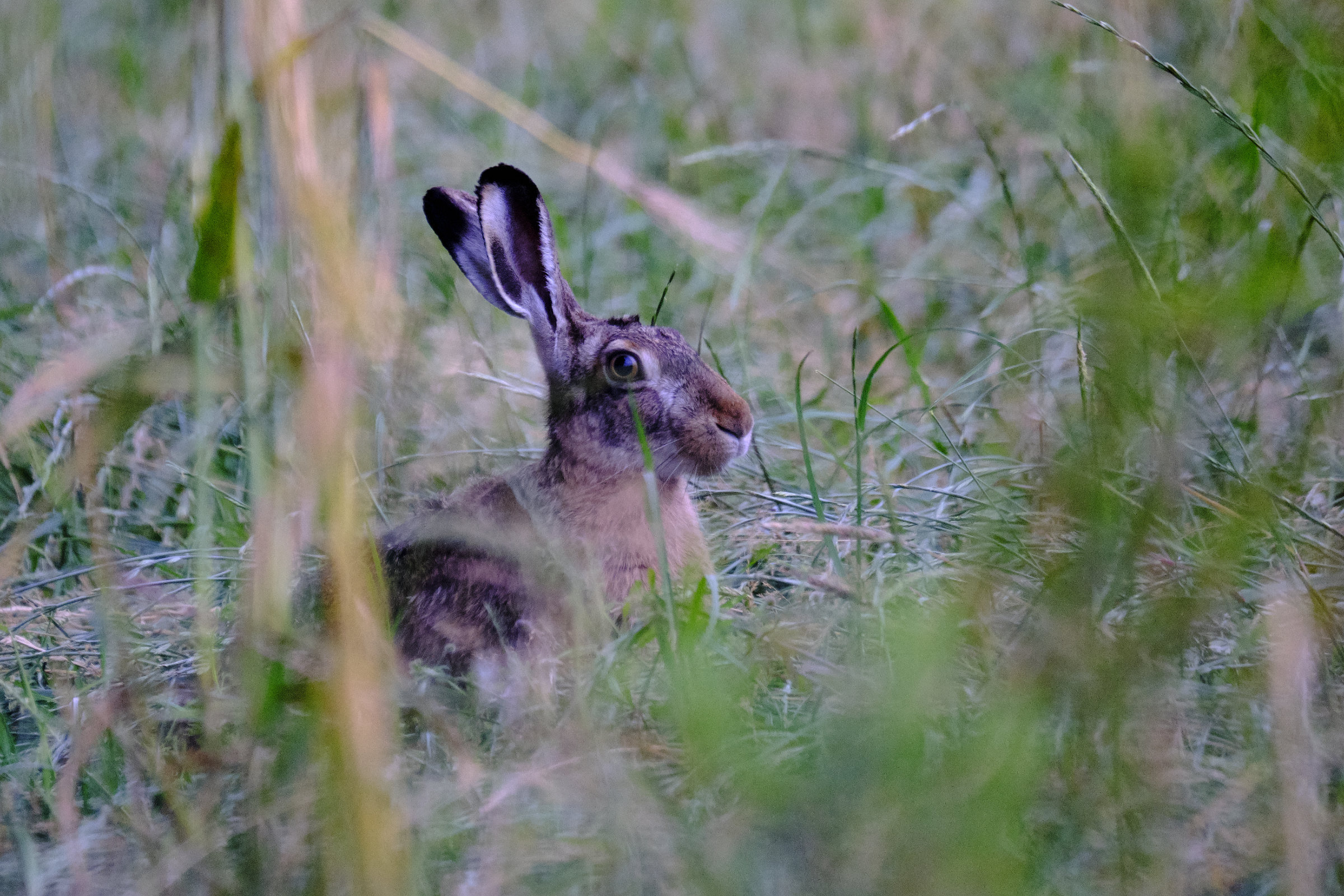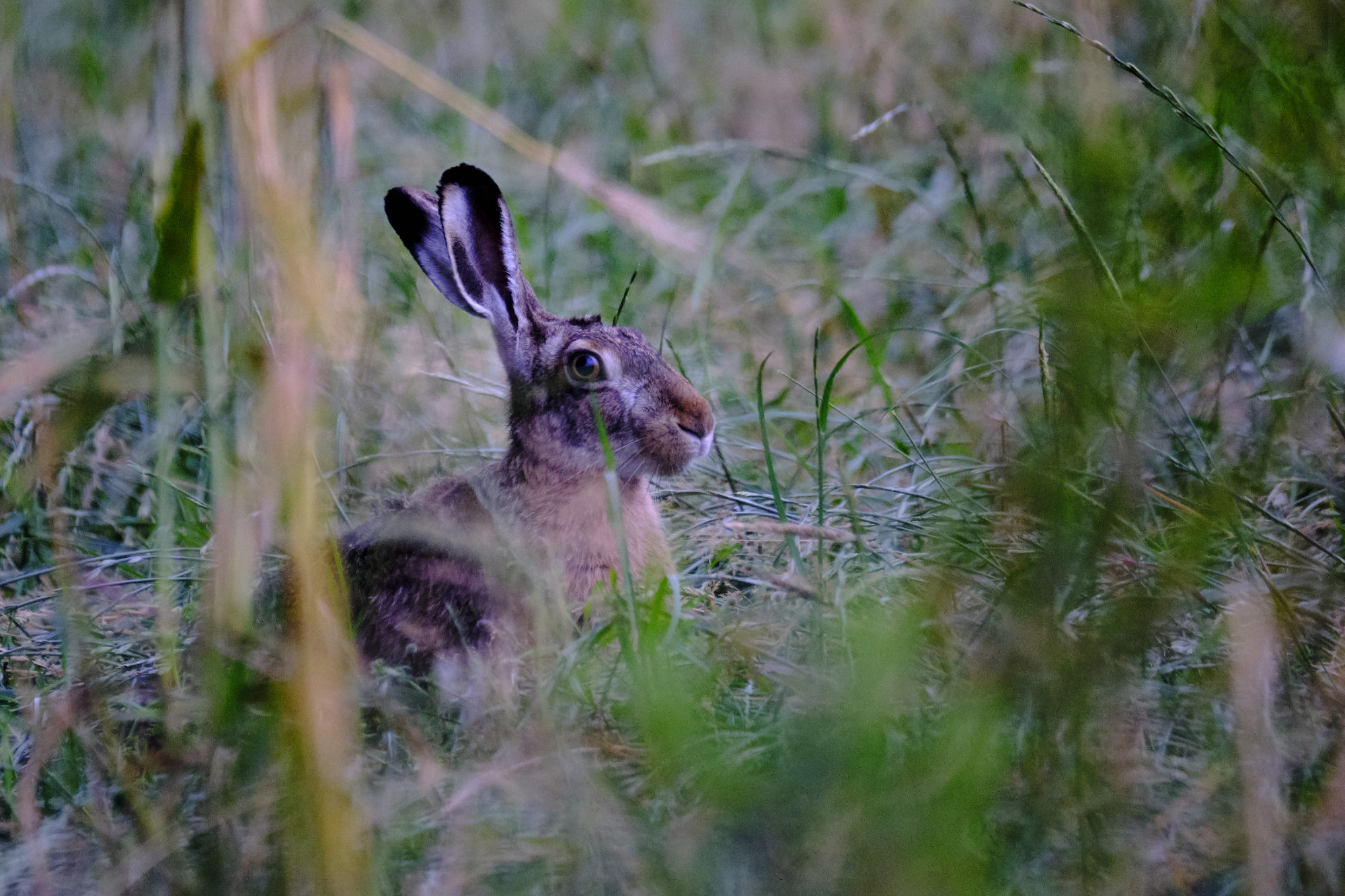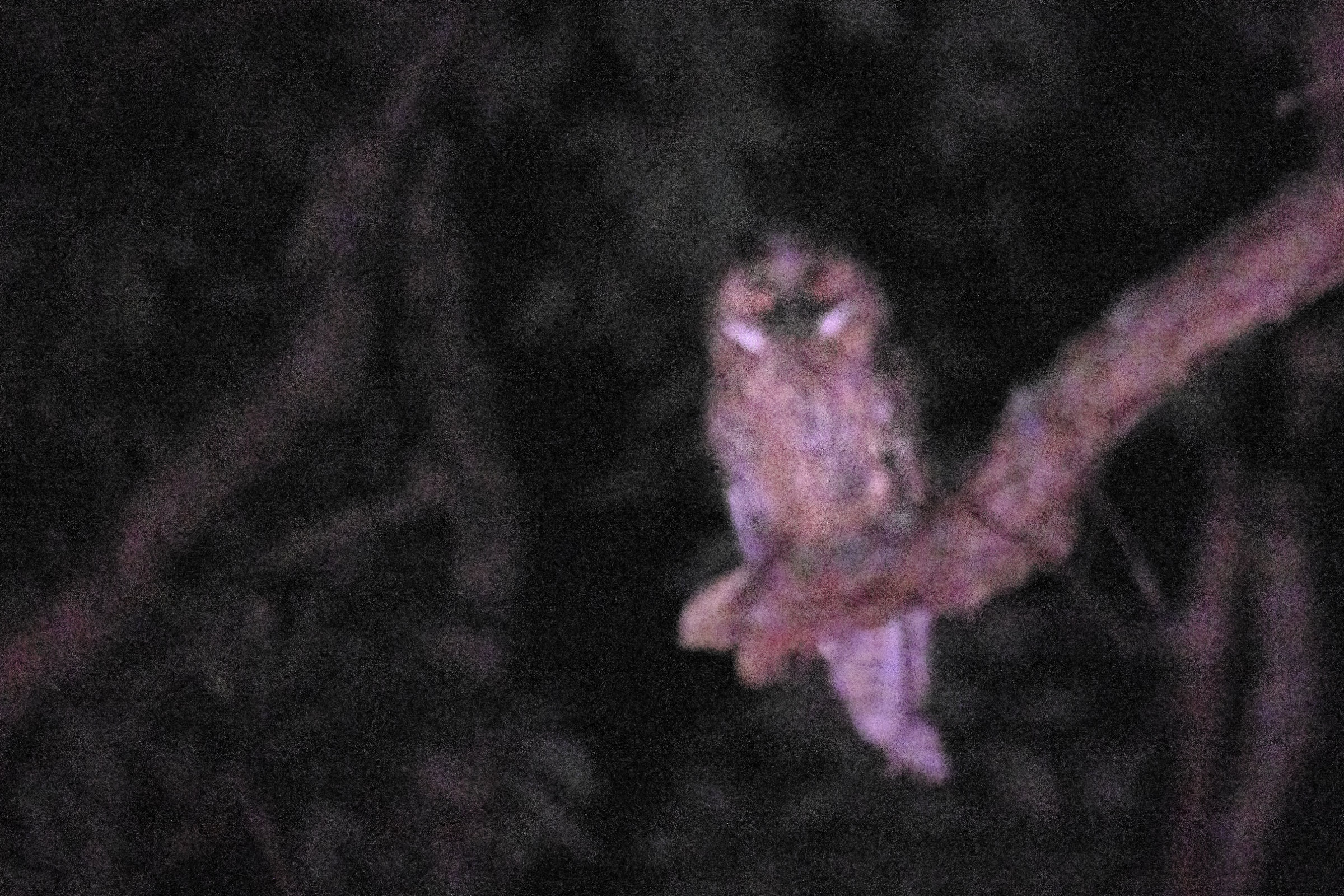“When you meet a ghost, best be stealthy and see you do not disturb it.”
A black stork with both feet in a river. (Ciconia nigra)
This is what I thought when I met this black stork in a local nature reserve. It was fishing in a little river between old trees in a small stretch of Riparian forest - only about 25 metres from both shores.
But this is where the shy creature feels most comfortable. Sadly the black stork has become a very endangered species in Germany. It prefers old forests with running rivers next to wet- or open lands, but this combination has become quite scarce in the small sectioned agricultural landscapes of Central Europe. A lot of old Riparian forest has been destroyed by man. And even where such woodland still exist, it might be too small to provide enough food and space and shelter for nesting.
A close sibling: The white stork (Ciconia ciconia)
Unlike its close sibling, the white stork, the black stork is really sensitive to disturbances, which often causes it to abandon its breeding efforts when people come close. Even 200 metres to a nest might be too close.
I literally ran into this stork when it was fishing right next to a hiking path though. What’s more, this particular spot was only a few hundred metres from where both river and hiking path was to meet the next street. So this was a really daring stork you might think. Then again, it was really early in the morning and the stork might have learned that most humans sleep longer. However. We met and I had this split second to grab the shot. I was so excited about the moment that I clipped the poor storks feet. I hope the dreamy quality of the out-of-focus grassy foreground make amends. Just two frames later, the stork had left.
I hope it came back later to catch some more fish.




